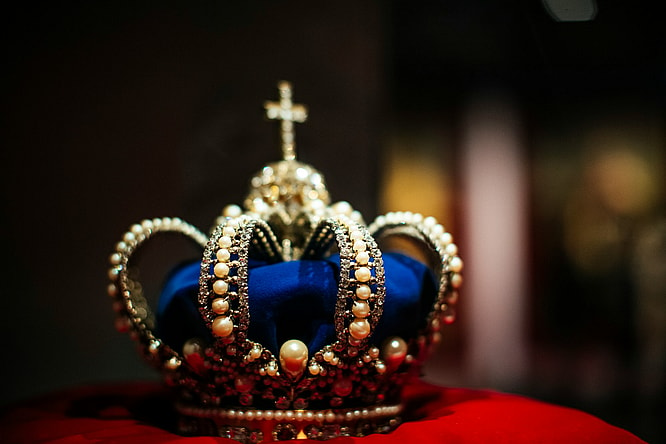
While some countries may have representative governments, others still have royal families. These royal families range from figureheads to singular ruling bodies and come from countries all over the world. These are the forty-one countries with royal families and their current monarchs.
41. United Arab Emirates
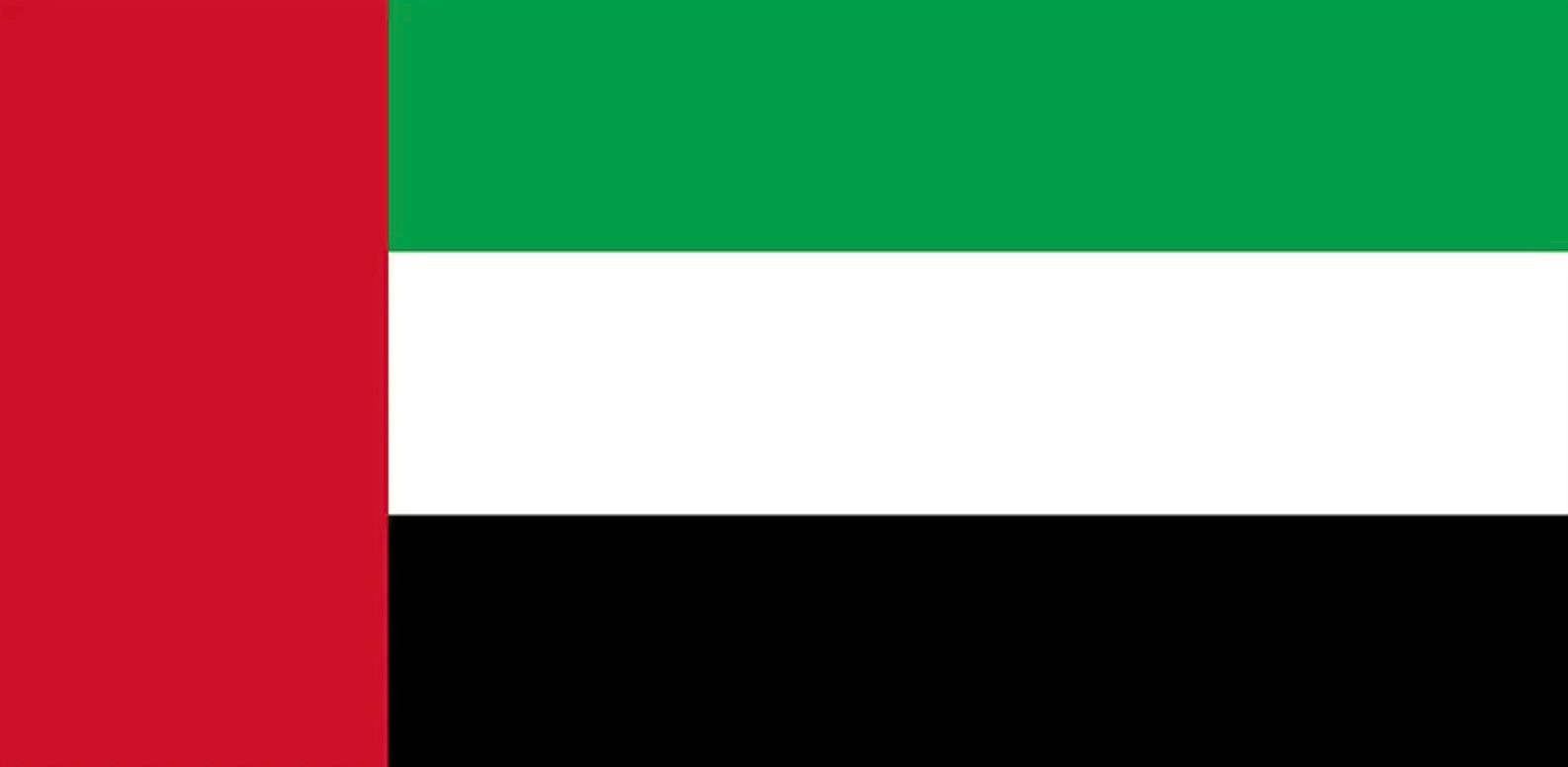
The United Arab Emirates is an authoritarian federal monarchy, with the royal family of Mahamed bin Zayed Al Nahyan. The UAE has been described as a “tribal autocracy” where the seven constituent monarchies are led by tribal rulers, with no democratically elected institutions and no formal commitment to free speech.
- Current Monarch: Al Nahyan
- Royal Family: Mohamed bin Zayed Al Nahyan
RELATED: 10 Oldest Cities in the World
40. Thailand
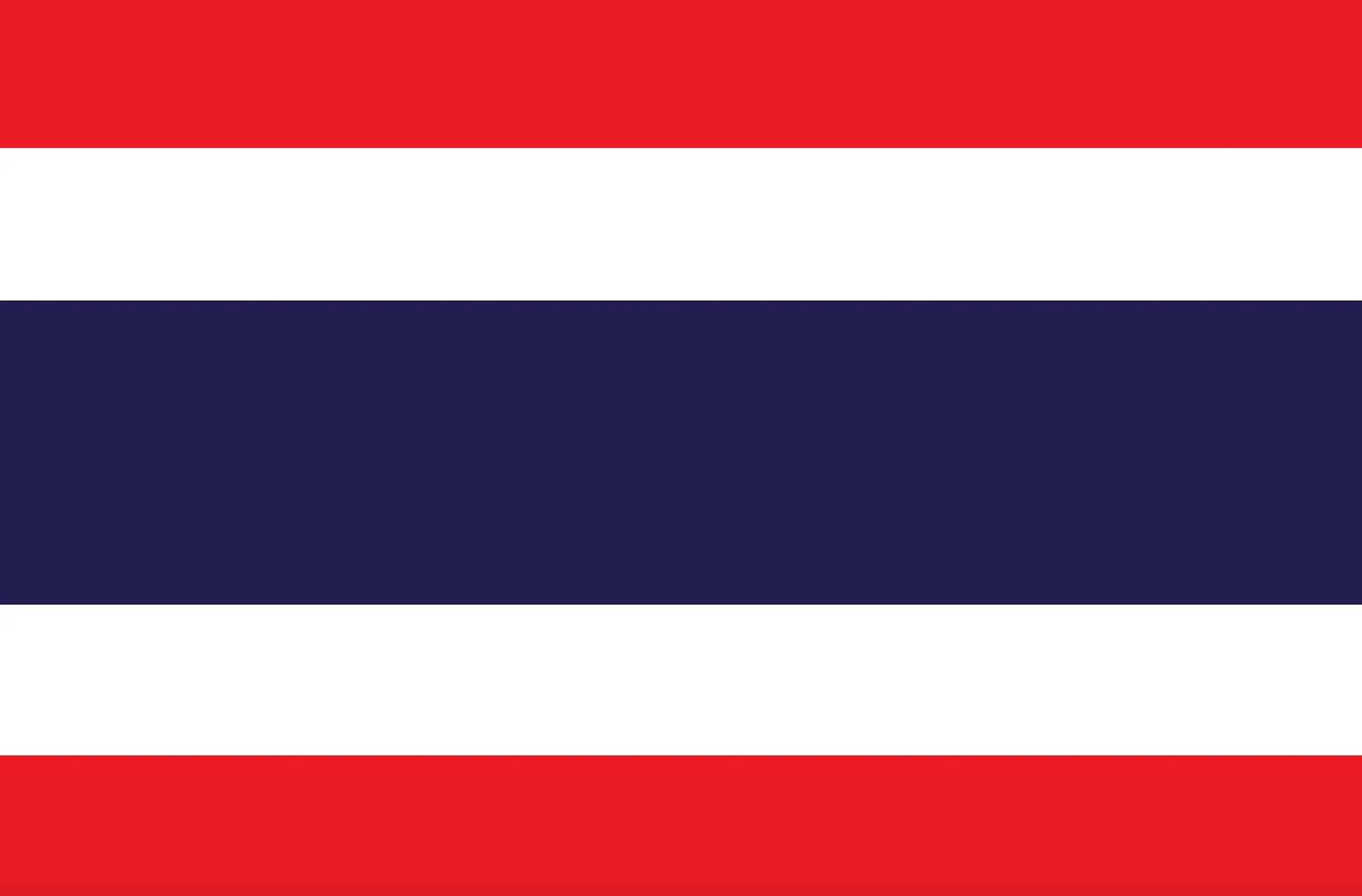
Before 1932, Thailand’s kings were absolute monarchs and were seen as Dharmaraja or “kings who rule in accordance with Dharma.” After a bloodless revolution in 1932, a hereditary monarch serves as Thailand’s head of state. The current King of Thailand is Vajiralongkorn, who is limited by the constitution and mainly serves as a symbolic figurehead.
- Current Monarch: King Vajiralongkorn
- Royal Family: Chakri
39. Tonga
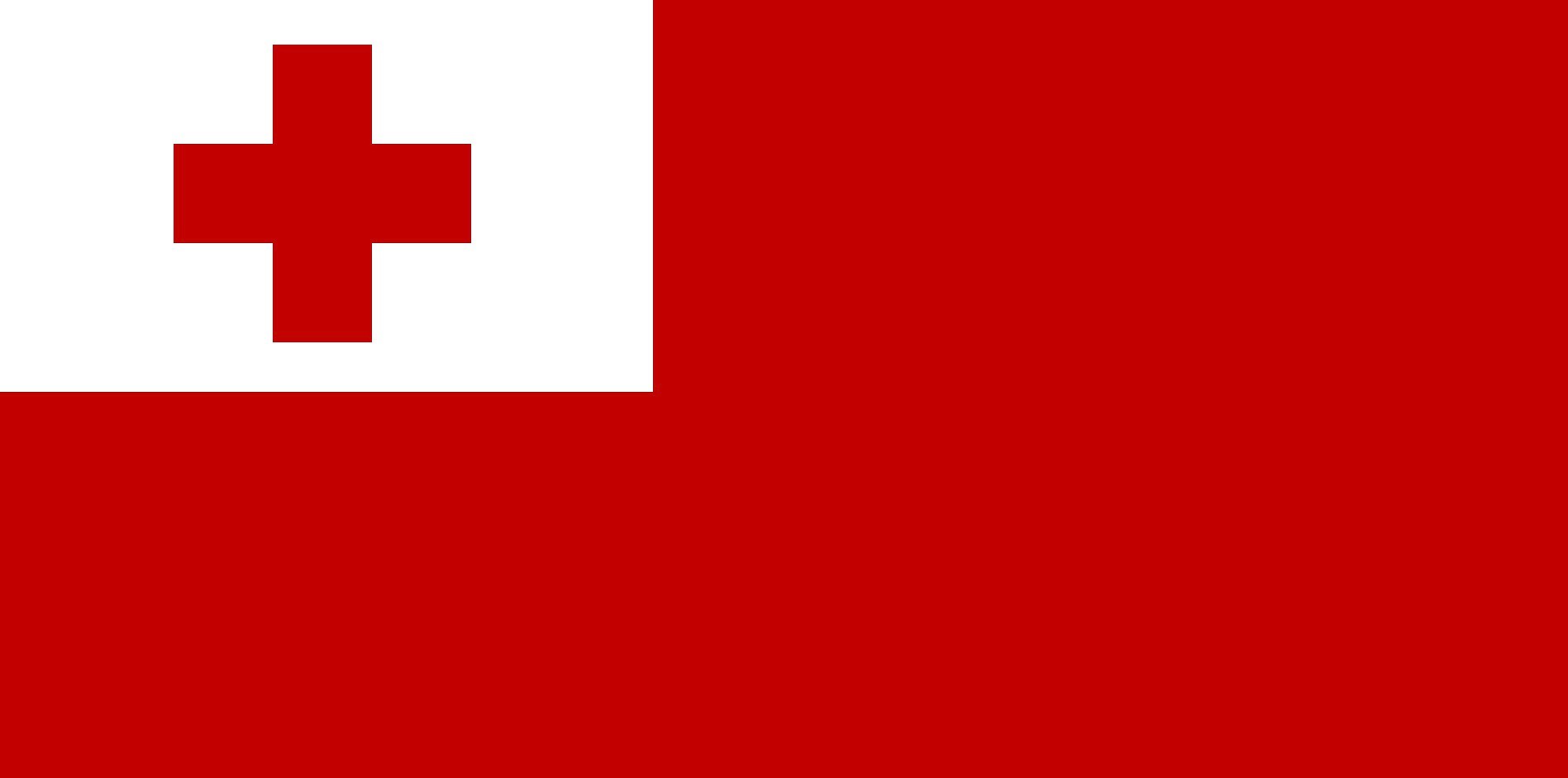
Tonga is a constitutional monarchy and the only remaining indigenous monarchy in the Pacific islands. The islanders view their monarch in reverence, similar to their worship of the sacred paramount chief in earlier centuries. The monarchy holds popular support even as reforms are advocated for the lower classes.
- Current Monarch: King Tupou VI
- Royal Family: Tupou
38. Saudi Arabia
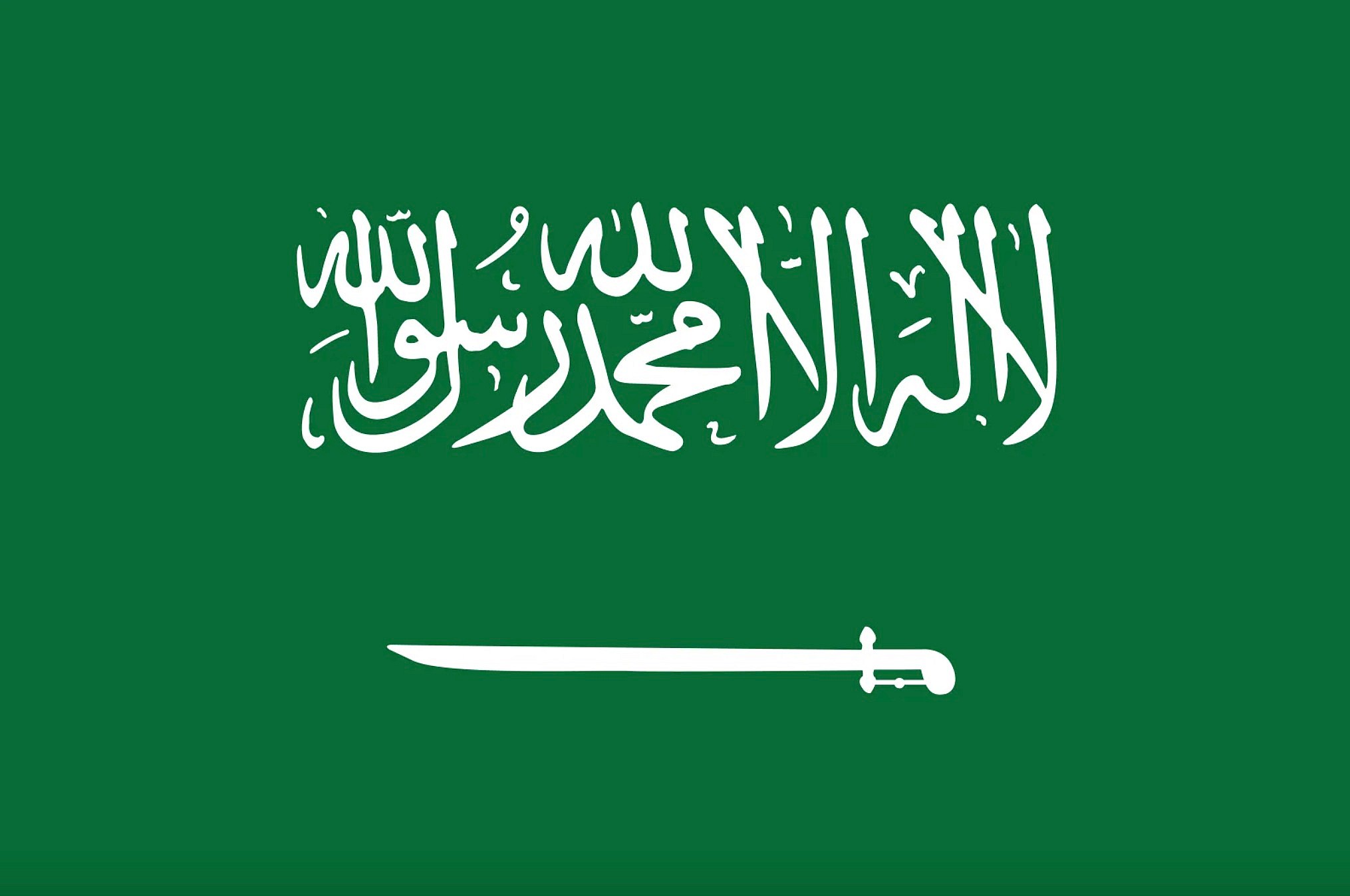
Saudi Arabia may be an absolute monarchy but in 1992 a royal decree stated the king must comply with the Sharia (Islamic Law) and the Quran while ruling, as these texts are the country’s constitution. There are no political parties or national elections in Saudi Arabia, so politics take place within the royal family or between the royal family and certain leaders in the country.
- Current Monarch: King Salman bin Abdulaziz
- Royal Family: Al Saud
37. Lesotho
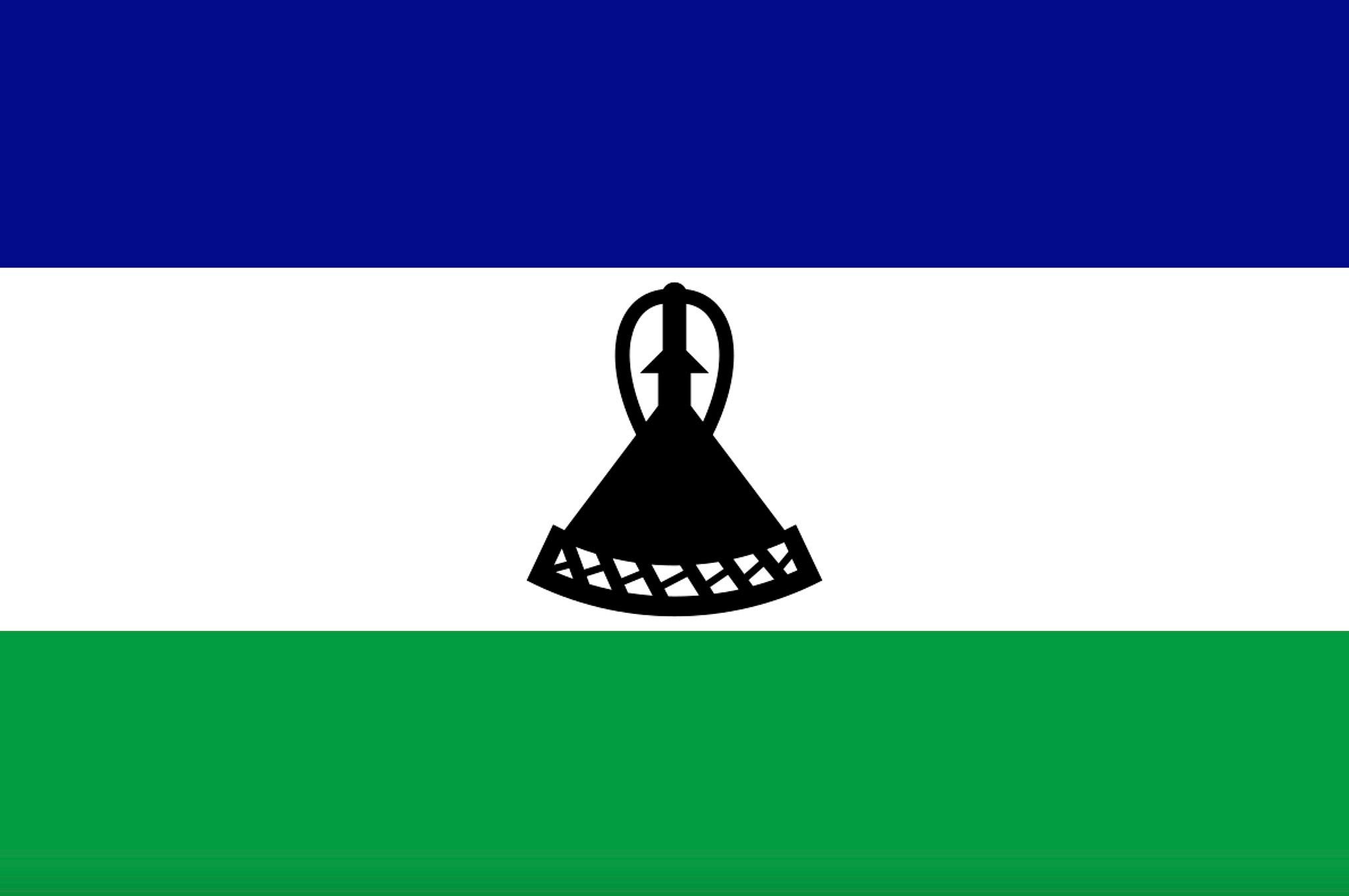
Lesotho’s government is a parliamentary constitutional monarchy. The Prime Minister is the head of government and has executive authority, while the King is the head of state and serves a “largely ceremonial function.” They have no executive authority and cannot actively participate in political initiatives.
- Current Monarch: King Letsie III
- Royal Family: Moshesh
36. Spain
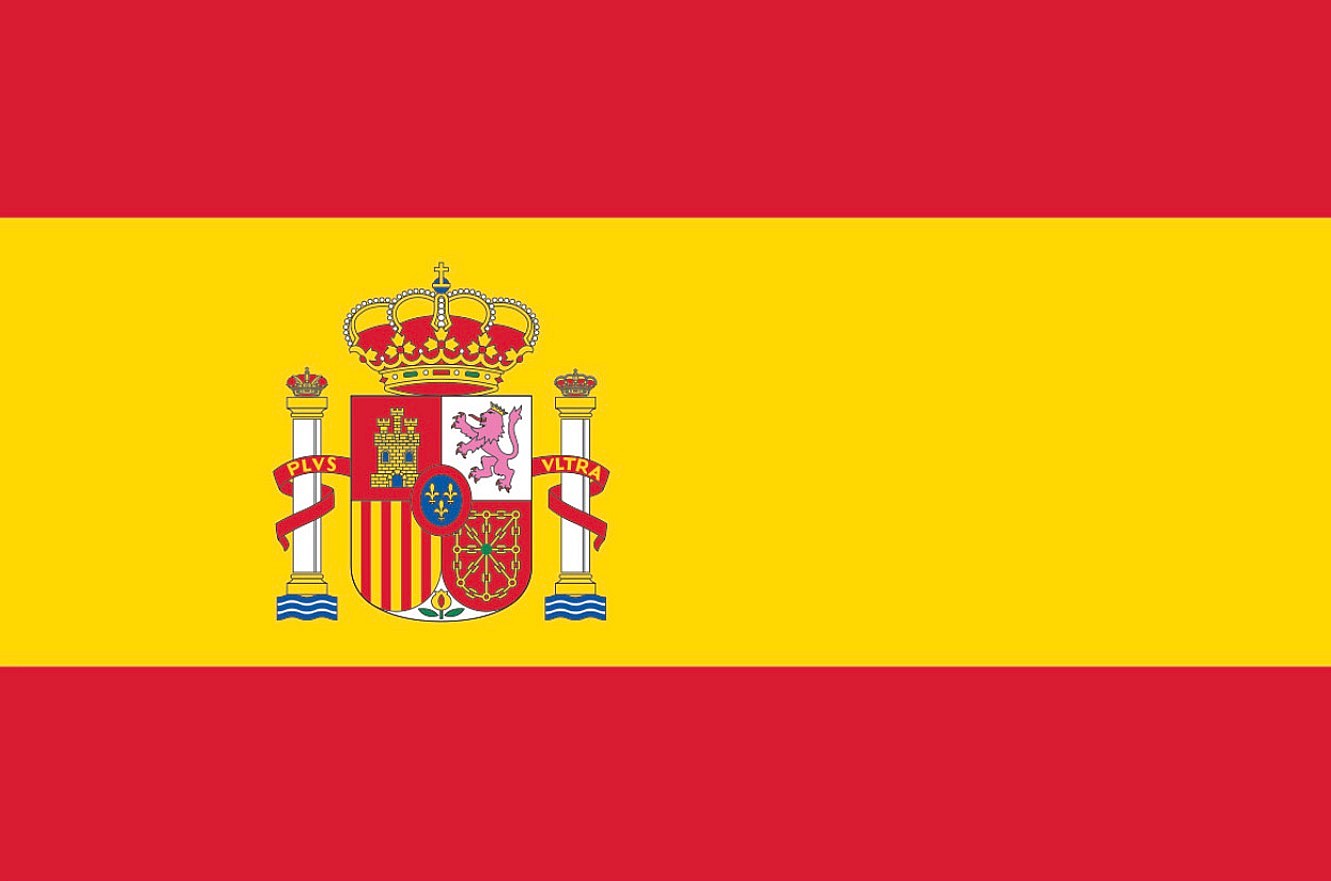
The Spanish government is separated into five branches, known as “basic State institutions.” Foremost is the Crown, where the queen or king is the living embodiment of the Crown and the head of state. Instead of being the chief executive like other countries, the Spanish Crown resolves disputes and crises in the different branches to prevent the abuse of power.
- Current Monarch: King Felipe VI
- Royal Family: Borbón-Anjou
35. United Kingdom
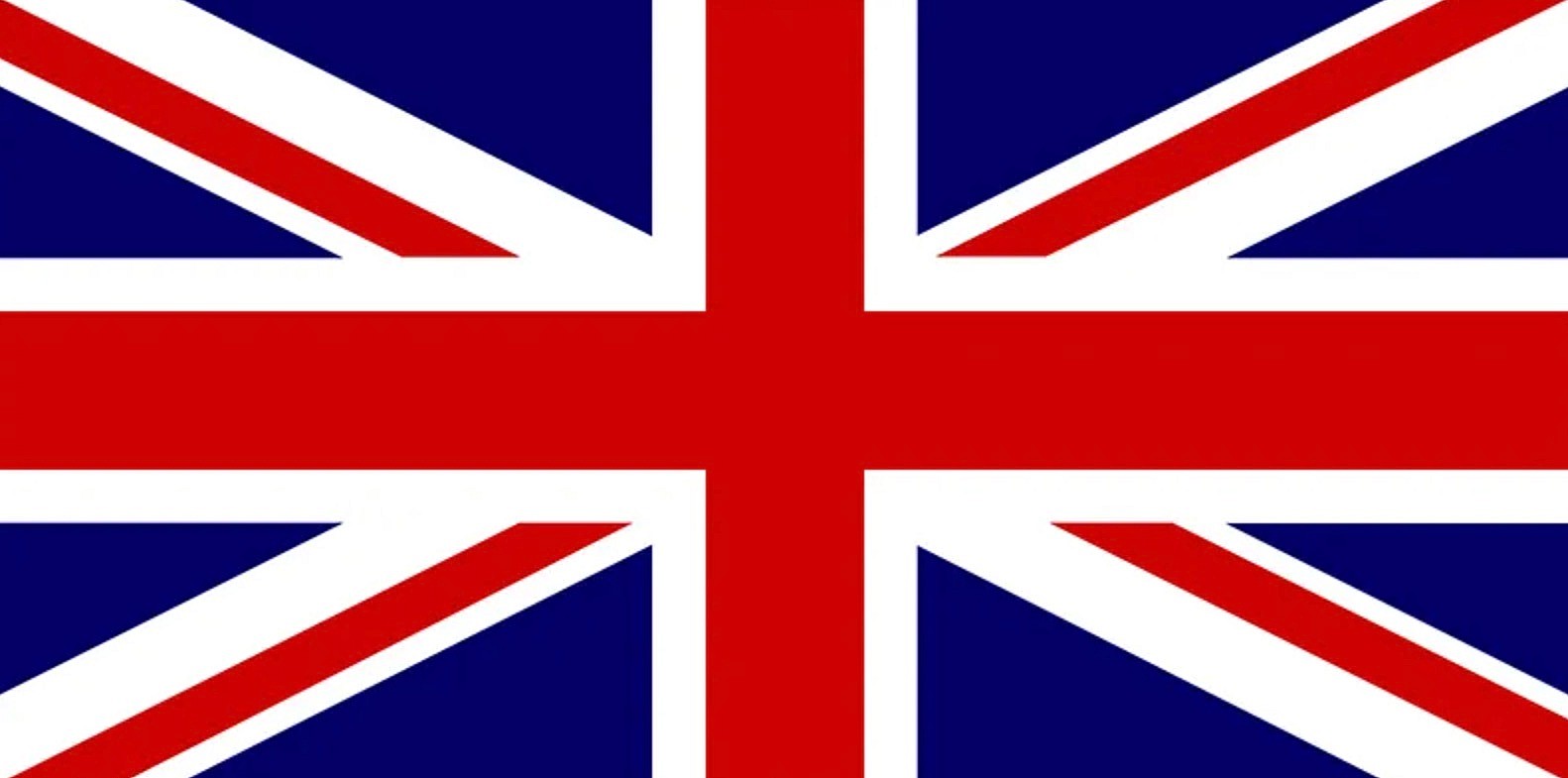
The United Kingdom is one of the most recognizable countries with royal families, operating as a constitutional monarchy and a parliamentary democracy. Parliament is sovereign in the UK, made up of the elected House of Commons, the appointed House of Lords, and the Crown (or monarch). King Charles III is the current monarch of the UK and 14 other independent countries known as “Commonwealth realms.”
- Current Monarch: King Charles III
- Royal Family: Windsor
34. Canada
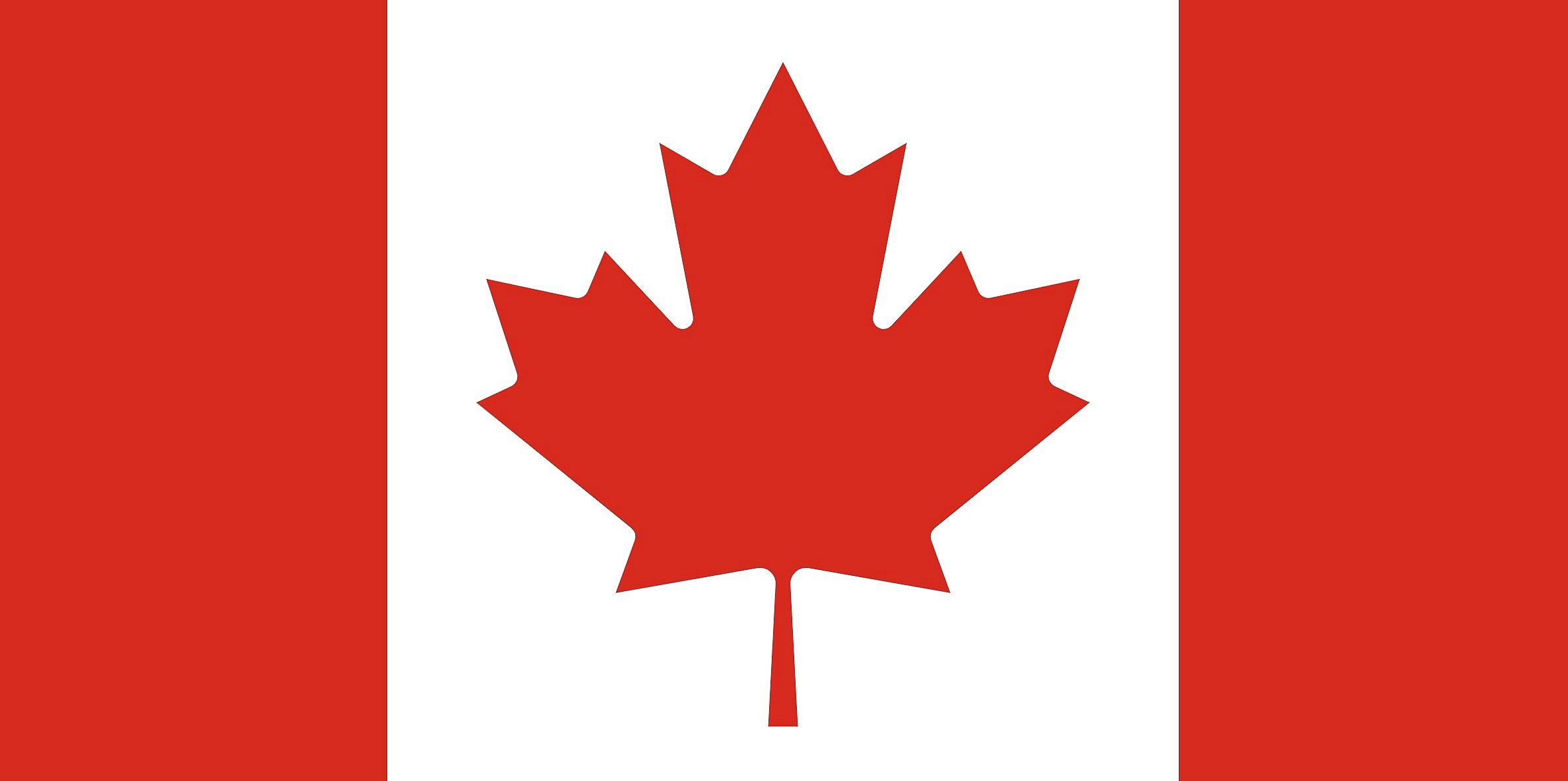
King Charles III also rules over Canada, a constitutional monarchy. Instead of directly reigning over Canada, the monarch appoints a representative, known as the governor-general, to carry out most of the ceremonial royal duties alongside the prime minister of Canada. While the monarch may be the source of sovereignty, the real power rests in the Cabinet headed by the prime minister.
- Current Monarch: King Charles III
- Royal Family: Windsor
33. Australia
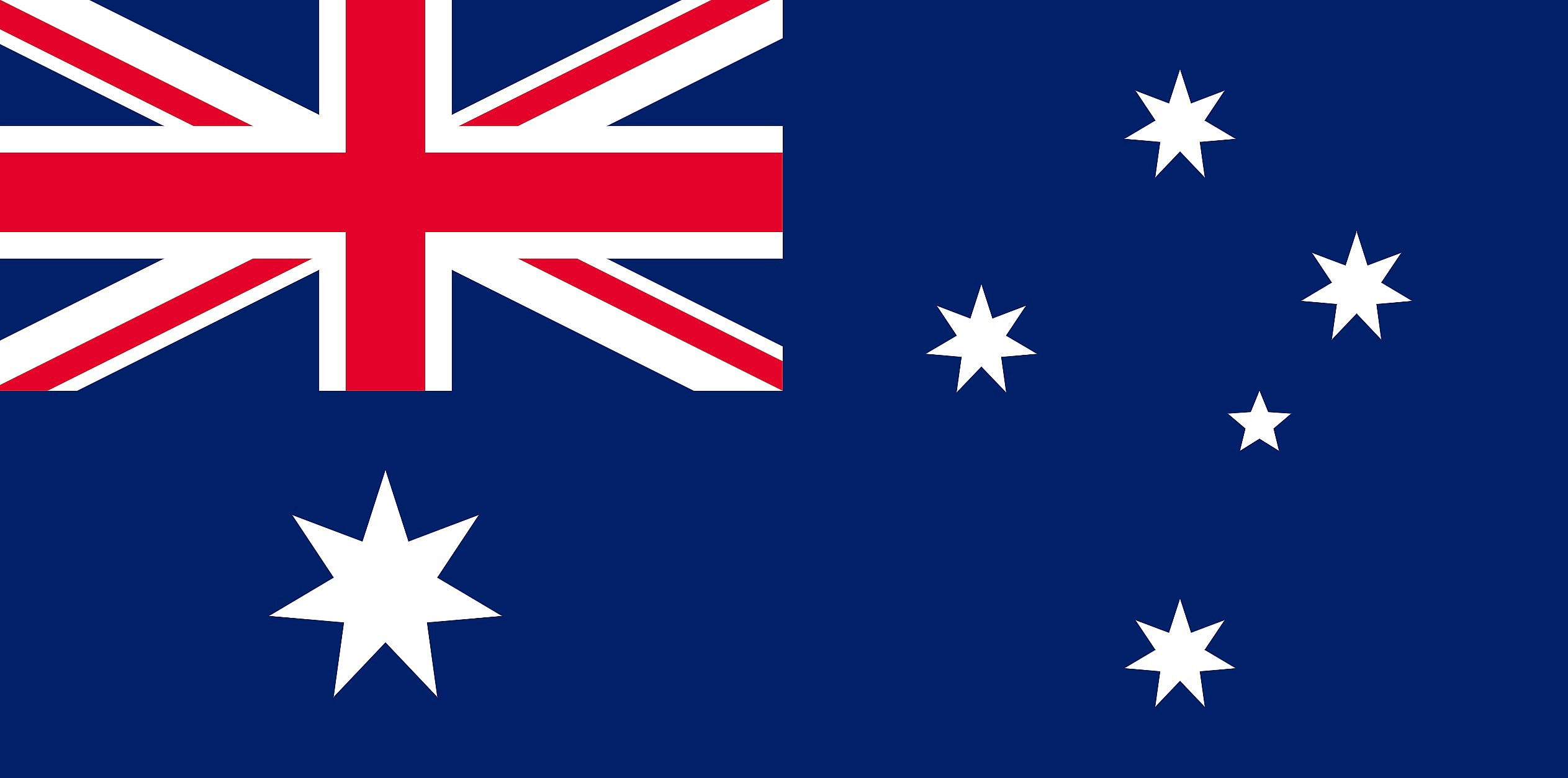
One of the UK’s Commonwealth realms, Australia’s government is separated into three branches: legislature, executive, and judiciary. Their government has pieces of both the United States and the United Kingdom and is led by the appointed governor-general at the federal level and the governors at the state level.
- Current Monarch: King Charles III
- Royal Family: Windsor
CHECK OUT: What is the Richest City in the World?
32. Papua New Guinea
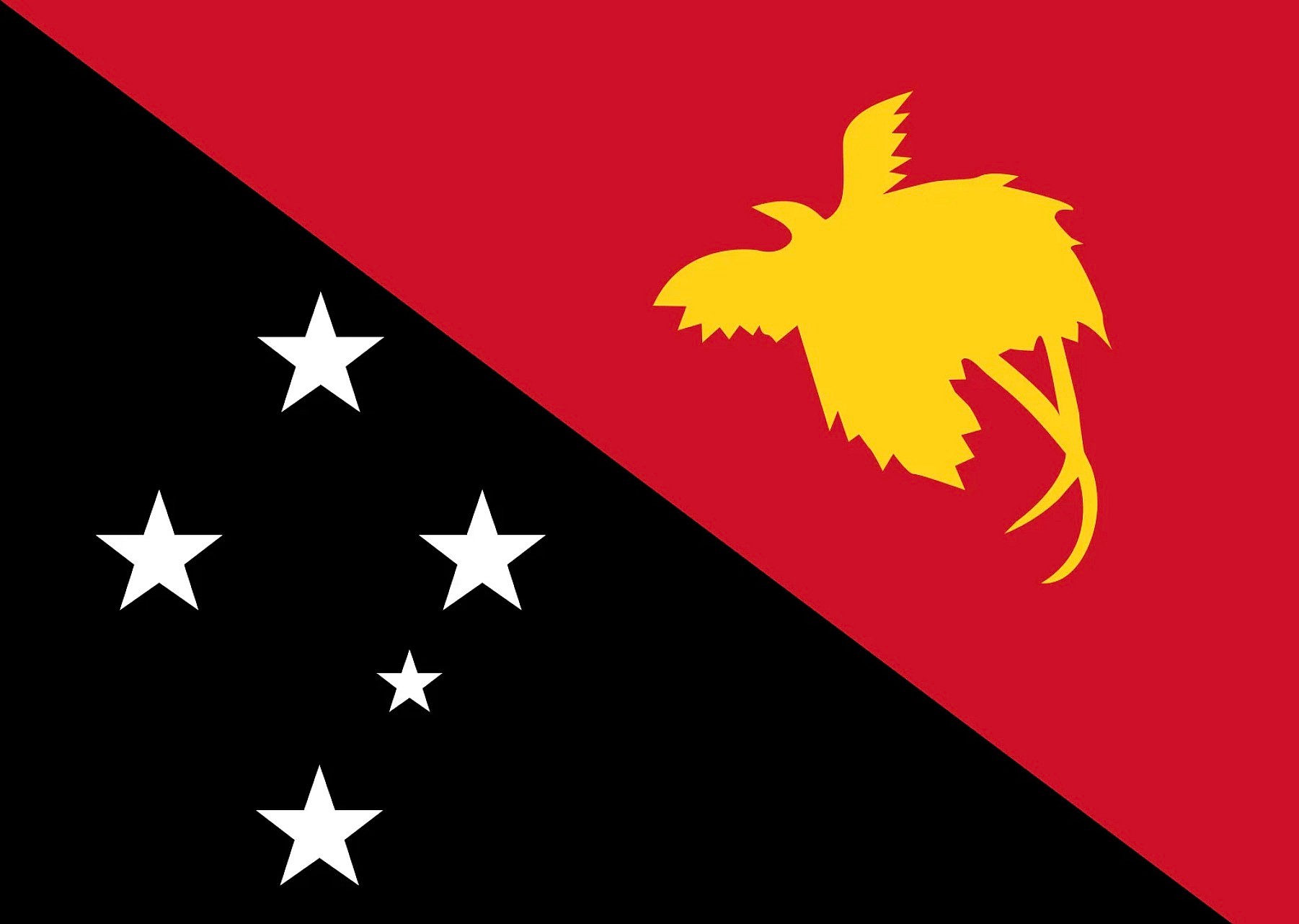
Papua New Guinea is led by King Charles III as a Commonwealth realm. King Charles III is represented by the Governor-General Bob Dadae, who presides over the Prime Minister and the cabinet. The cabinet consists of 31 members of Parliament from the ruling coalition, and the National Parliament has 111 seats, 22 of which are occupied by the governors of the provinces and the National Capital District.
- Current Monarch: King Charles III
- Royal Family: Windsor
31. New Zealand
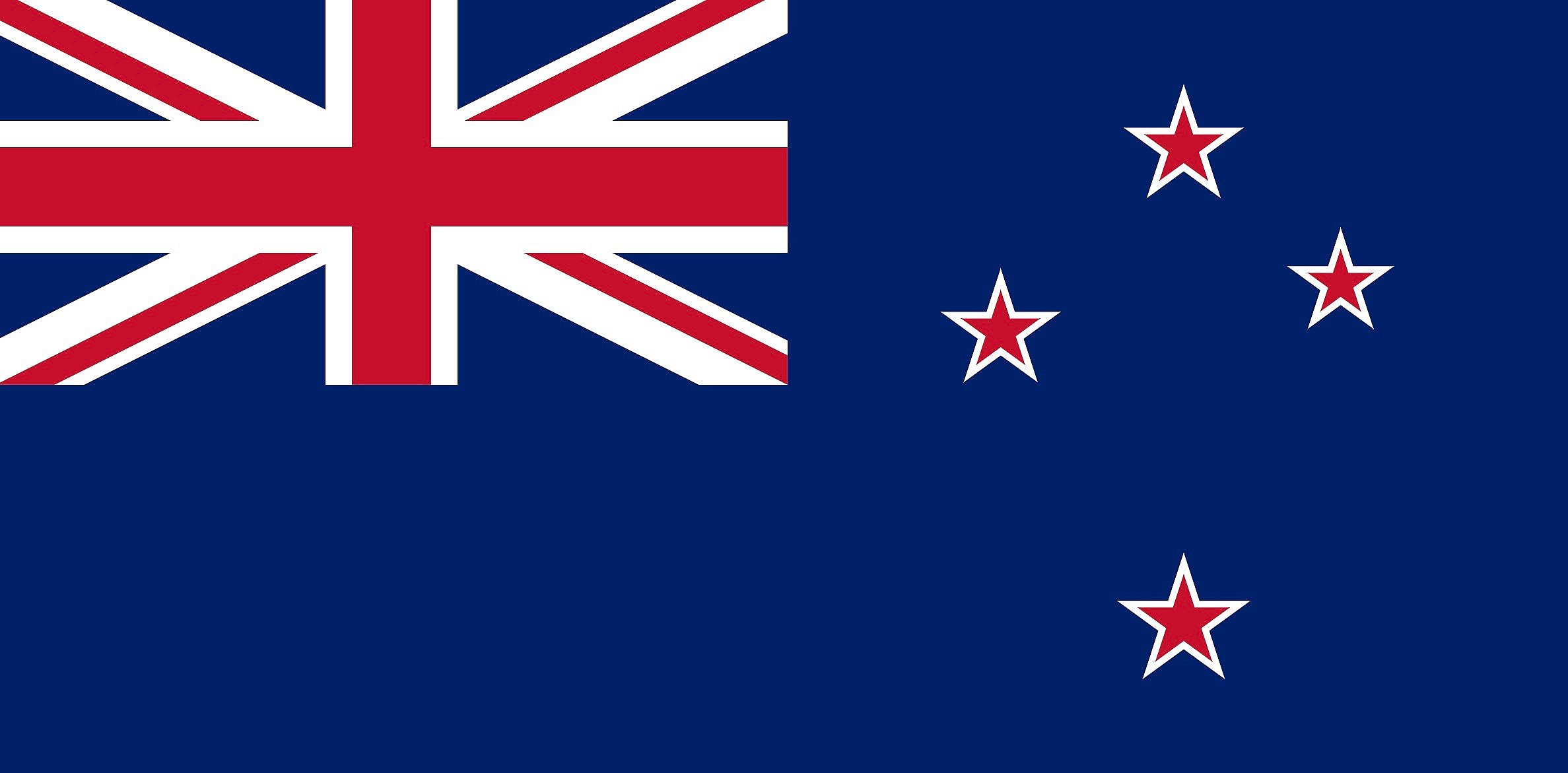
New Zealand is a constitutional monarchy with a parliamentary democracy and is led by Charles III. The king is represented through the governor-general, appointed on the advice of the prime minister. Though they can exercise some of the Crown’s powers, they are still limited by constitutional restraints.
- Current Monarch: King Charles III
- Royal Family: Windsor
30. Jamaica
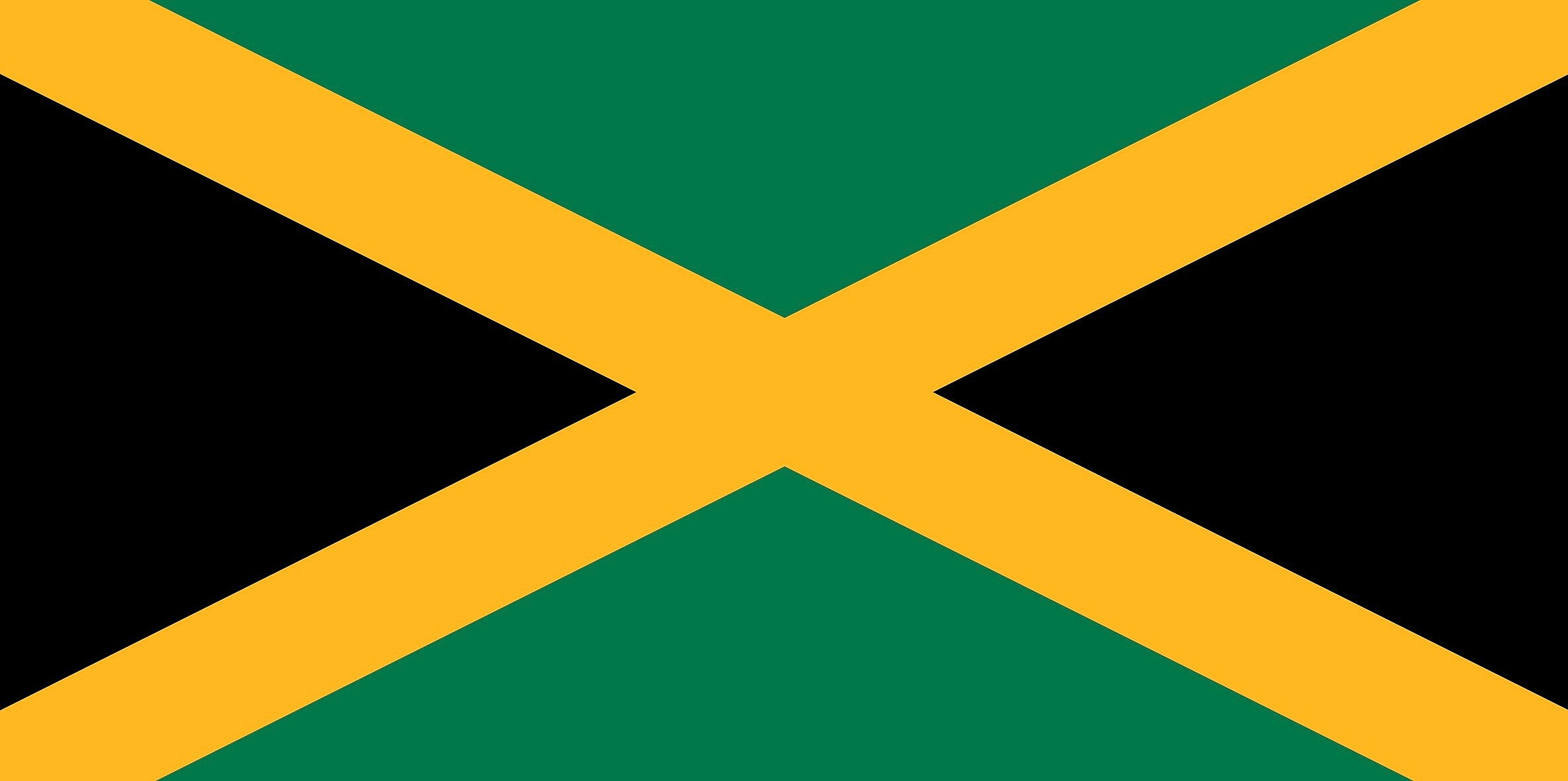
Jamaica’s current constitution was drafted in 1962 and came into force with the Jamaica Independence Act passed by the Parliament of the United Kingdom. The country is led by the Governor-General appointed by King Charles III. Jamaica also has a Prime Minister and cabinet, which holds most of the power in deciding political action.
- Current Monarch: King Charles III
- Royal Family: Windsor
29. Solomon Islands
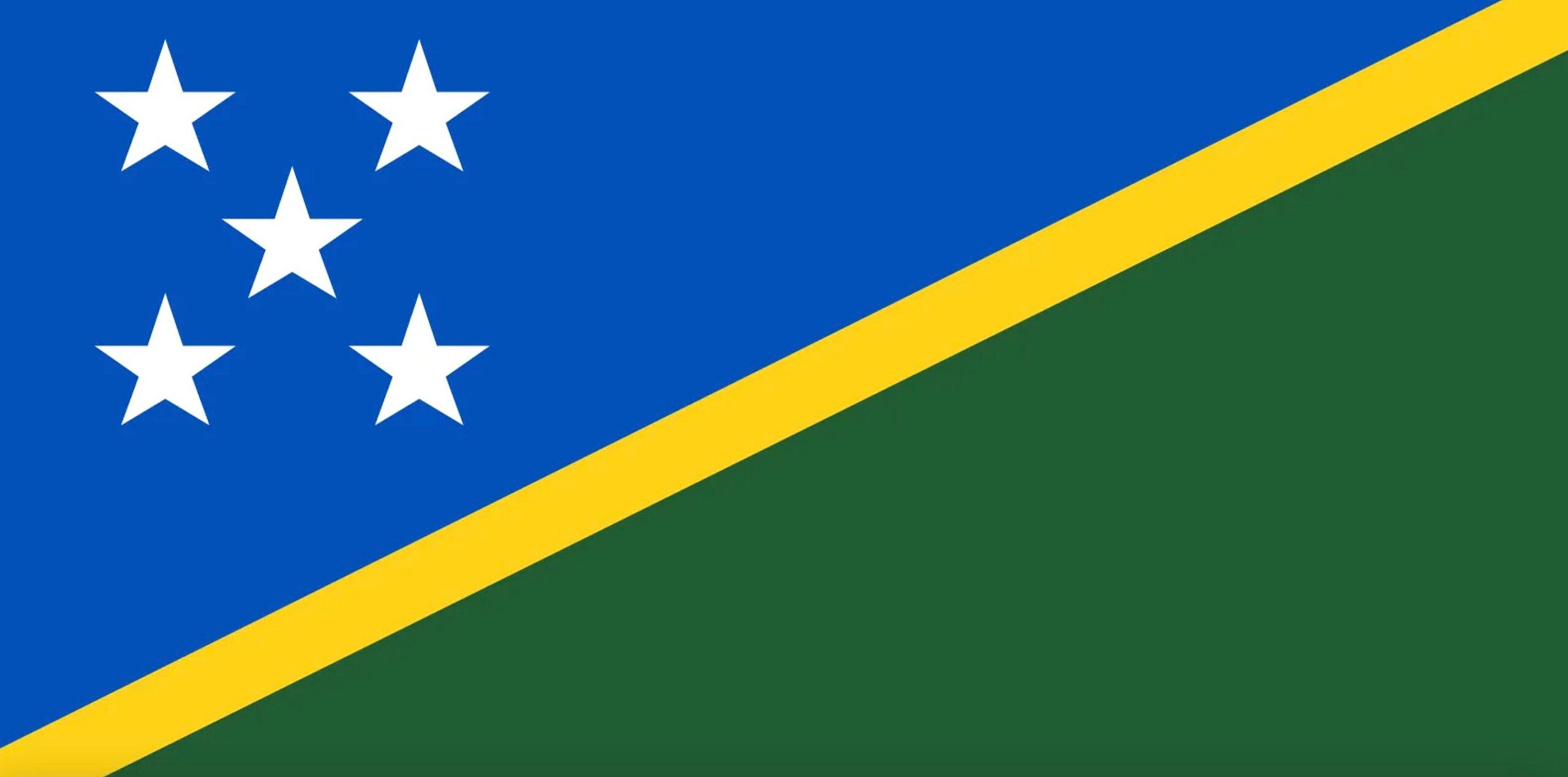
Another one of King Charles III’s Commonwealth realms is the Soloman Islands, operating under a constitutional monarchy and a parliamentary system of government. The King is represented by the Governor-General who is chosen by the Parliament for a five-year term, while the unicameral parliament is elected for four-year terms.
- Current Monarch: King Charles III
- Royal Family: Windsor
28. Belize
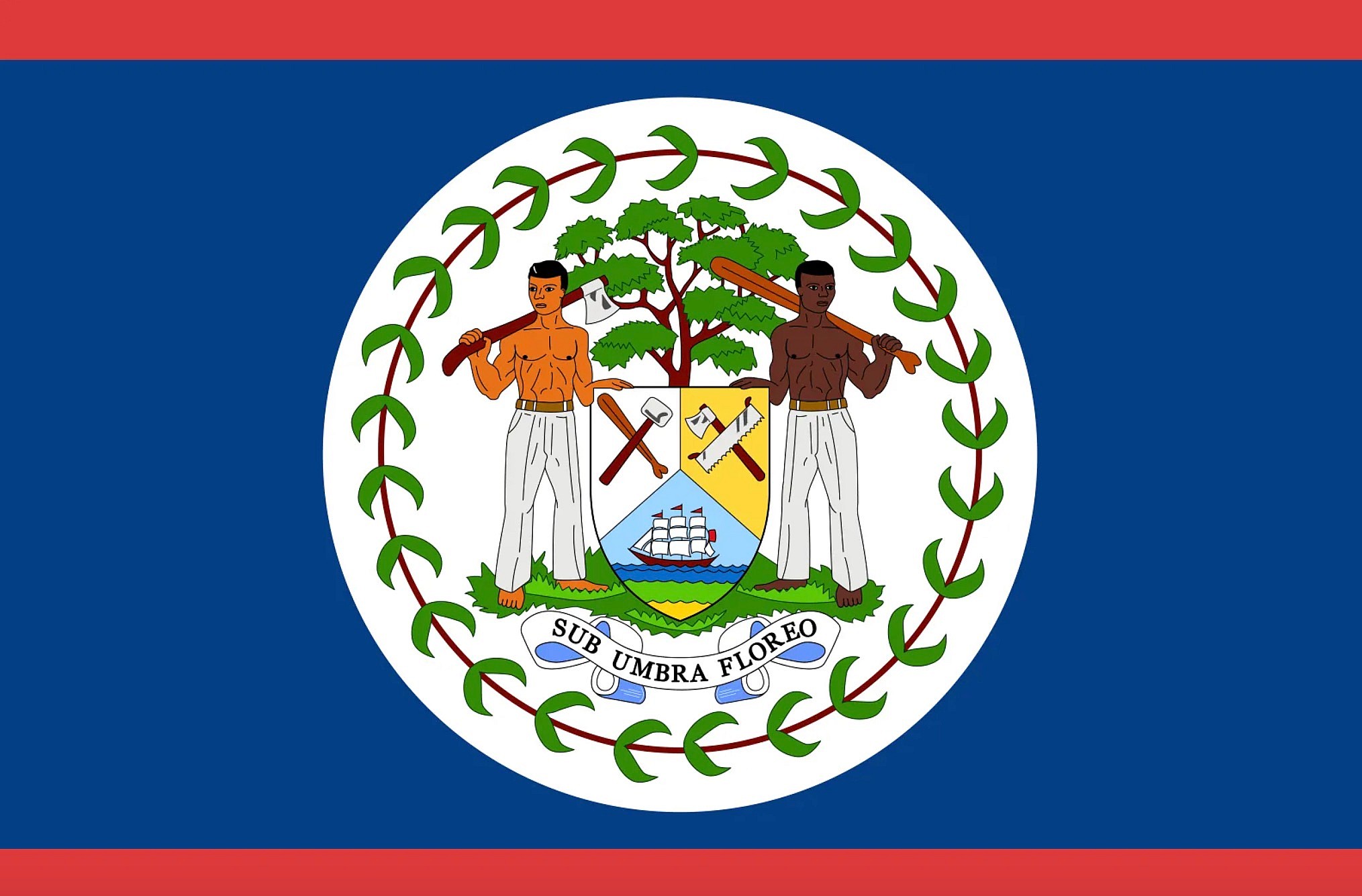
Belize is a Commonwealth realm with its legal system modeled on the common law of England. While there is a Governor-General, the executive authority is exercised by the cabinet, led by the prime minister. There is also the bicameral National Assembly of Belize made of a House of Representatives and a Senate, with 31 members in the House and 12 in the Senate.
- Current Monarch: King Charles III
- Royal Family: Windsor
27. Bahamas
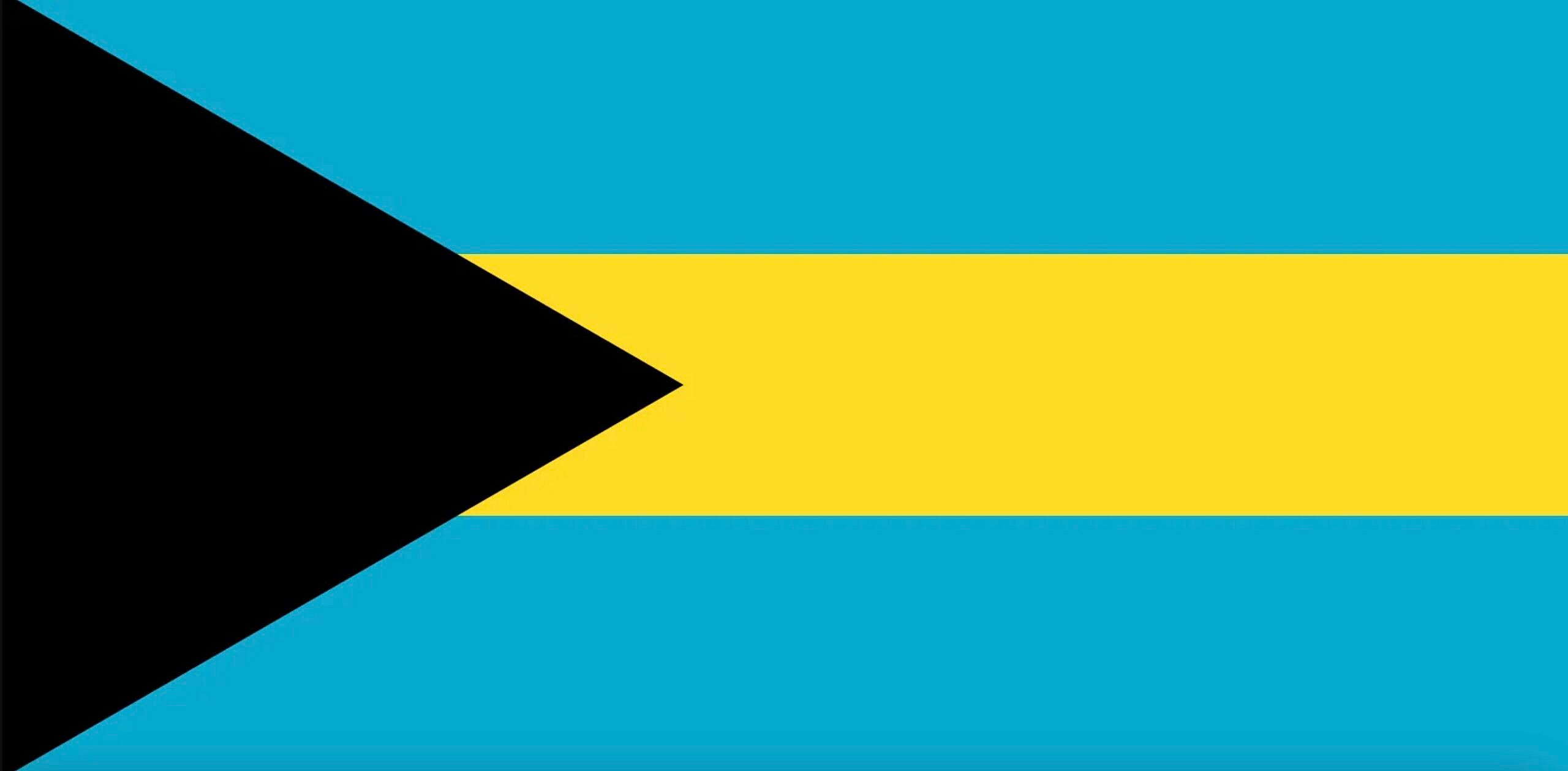
The Bahamas is a member of the Commonwealth of Nations and is operated under a parliamentary constitutional monarchy. While the Governor-General acts on the King’s behalf, the prime minister is the true head of government. They lead the House of Assembly and the Cabinet, while the legislative power is derived from a bicameral parliament (House of Assembly and Senate).
- Current Monarch: King Charles III
- Royal Family: Windsor
26. Saint Lucia
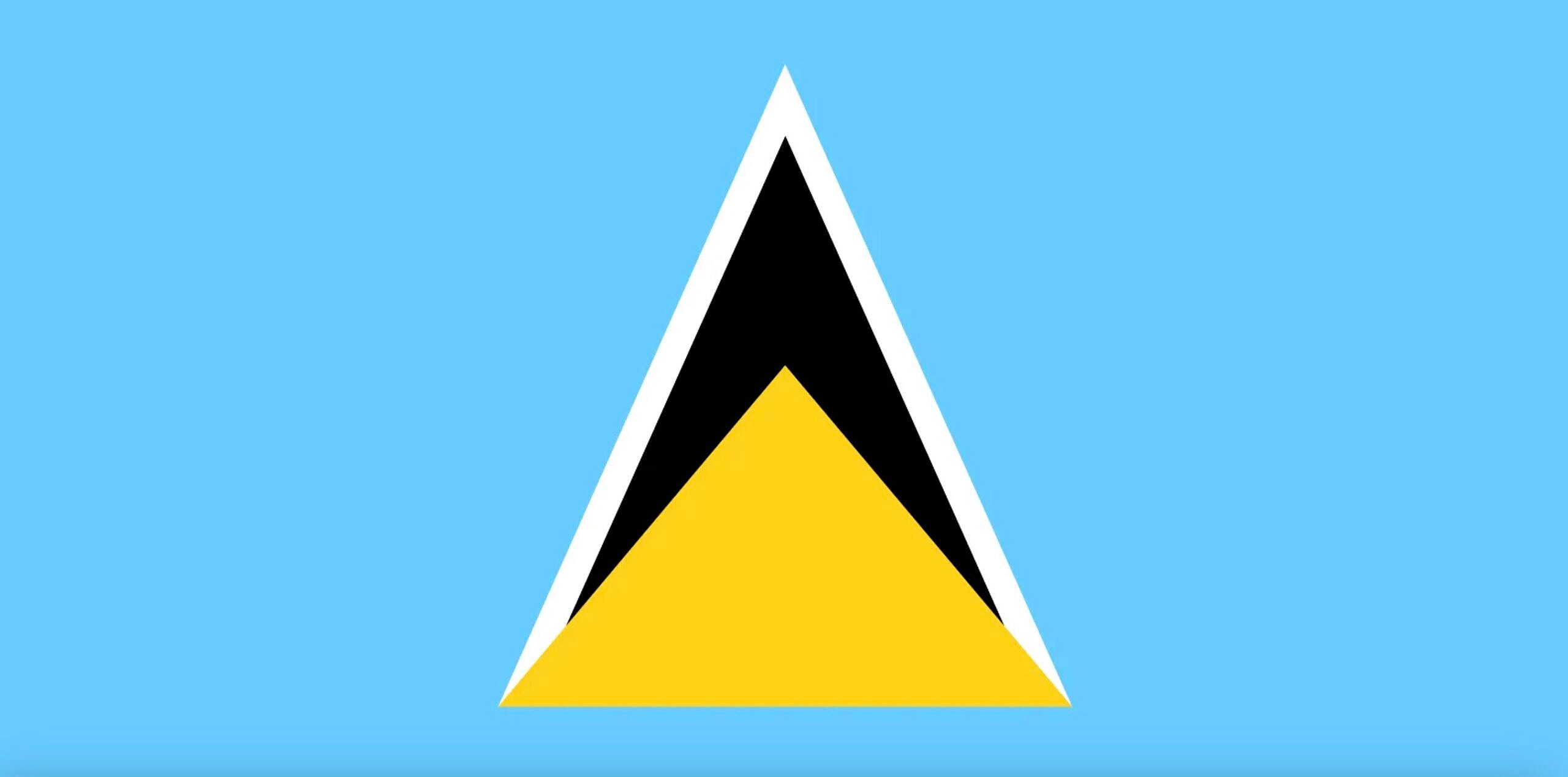
Similar to other Caribbean countries, Saint Lucia is a unitary state with a parliamentary system. The country falls under the Commonwealth realm, with the monarch being Charles III. The majority of the power resides in the prime minister, who is the head of government, the head of the cabinet, and is usually the leader of the largest party in the House of Assembly. Parliament is made up of the House of Assembly and the Senate.
- Current Monarch: King Charles III
- Royal Family: Windsor
25. Grenada

Grenada is a constitutional monarchy with Charles III as the head of state, represented by the Governor-General. Executive power in the government resides with the prime minister, usually the leader of the largest party in Parliament. The Parliament consists of a 13-member Senate and a 15-member House of Representatives.
- Current Monarch: King Charles III
- Royal Family: Windsor
ALSO READ: 12 Oldest Churches in the World
24. Saint Vincent and the Grenadines
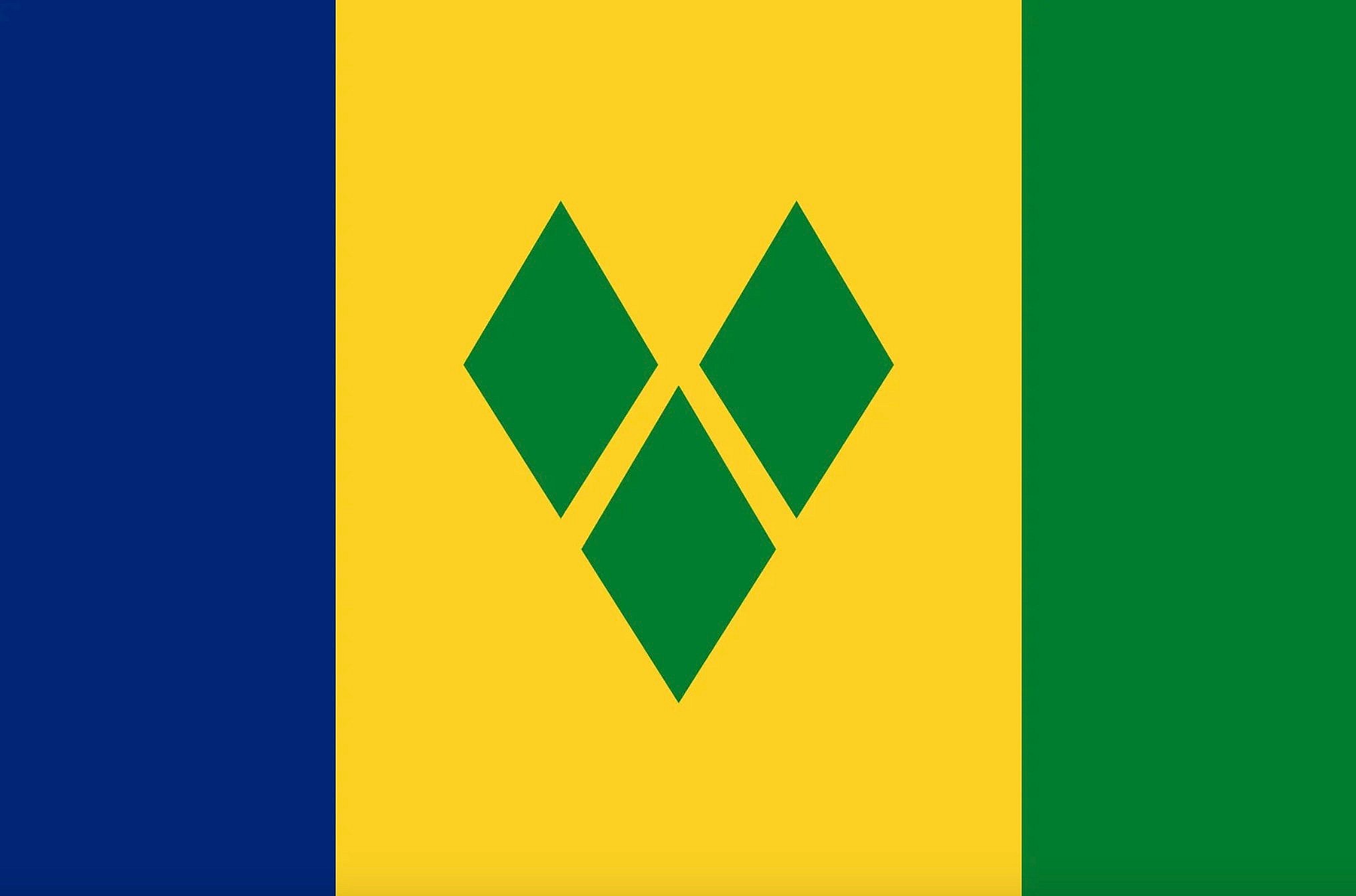
Saint Vincent and the Grenadines is led by King Charles III as a Commonwealth realm, run locally by the elected Governor-General, Susan Dougan. The office is mainly ceremonial, having functions like the opening of the House of Assembly and the appointment of various government officials. Executive control lies with the prime minister and their cabinet.
- Current Monarch: King Charles III
- Royal Family: Windsor
23. Antigua and Barbuda
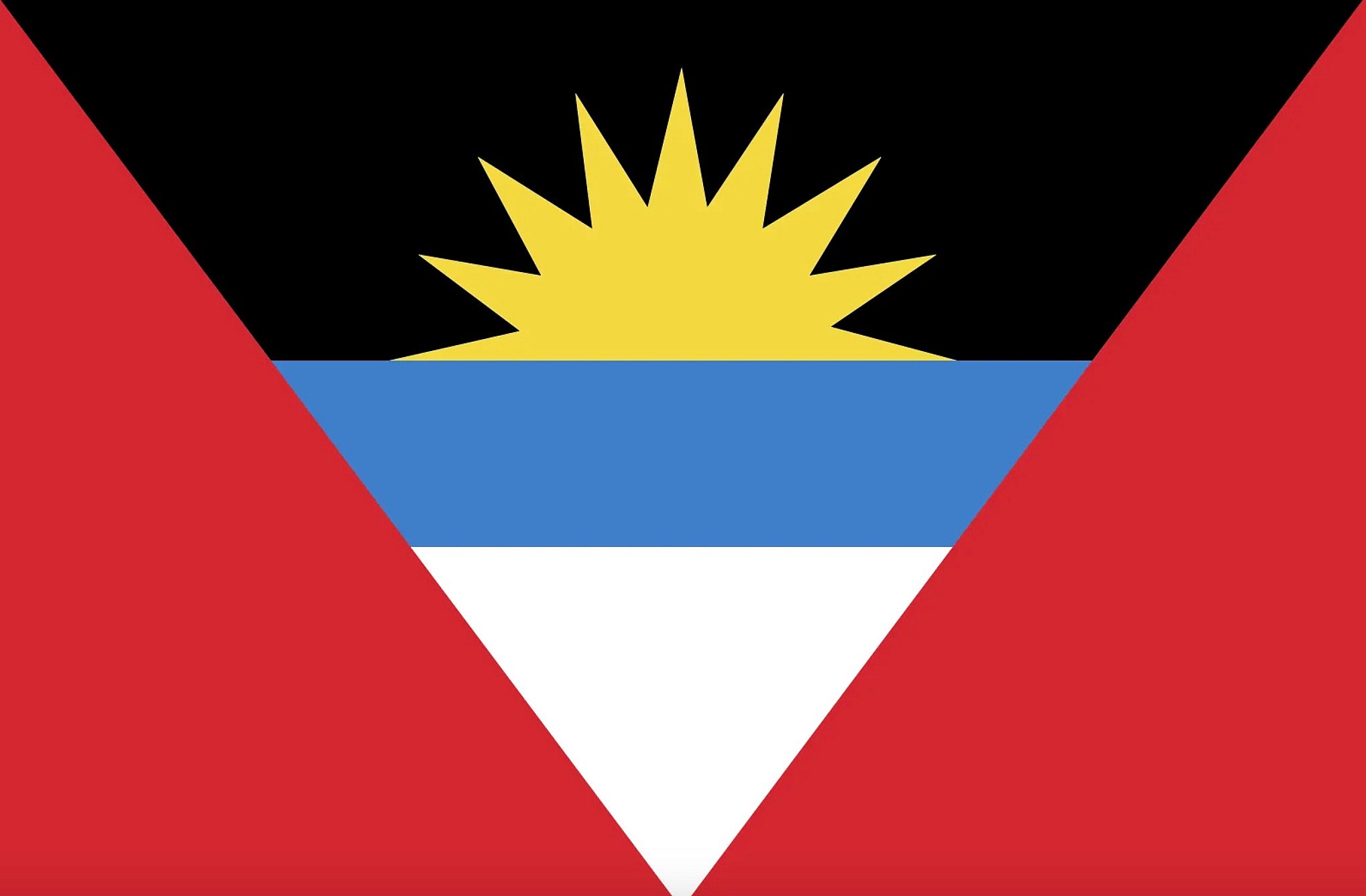
Antigua and Barbuda is a unitary parliamentary democracy under a constitutional monarchy, with the current Constitution adopted in 1981. The island of Barbuda maintains some autonomy, while the national government directly governs the island of Antigua. Antigua and Barbuda are part of the Commonwealth realms, and have a Governor-General, prime minister, and parliament.
- Current Monarch: King Charles III
- Royal Family: Windsor
22. Saint Kitts and Nevis
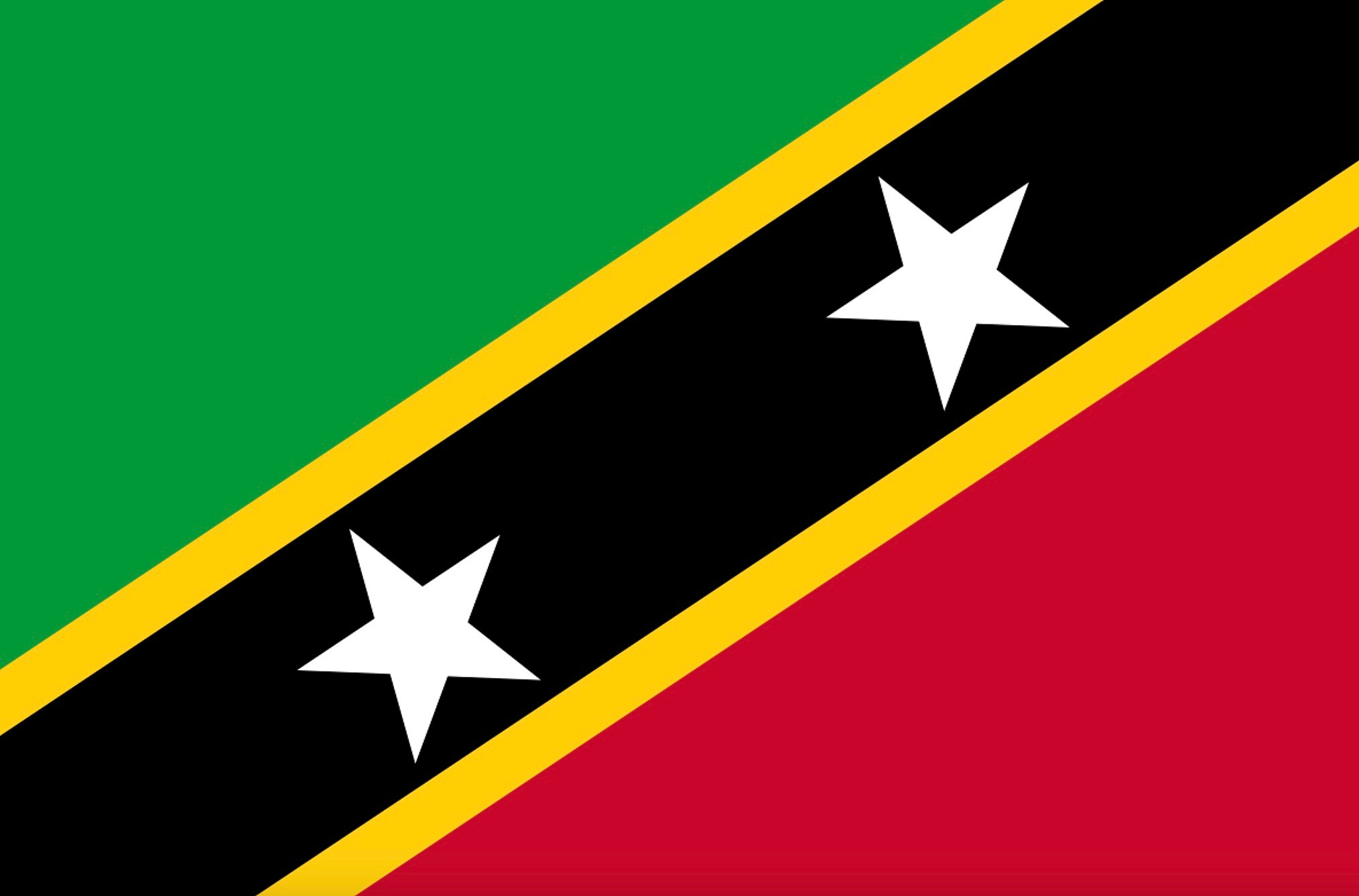
A Commonwealth realm, Saint Kitts and Nevis is a sovereign, democratic, and federal state. The Governor-General represents King Charles III, while the prime minister is the leader of the House’s majority party and the cabinet. Saint Kitts and Nevis has a unicameral legislature, the National Assembly, consisting of 14 members.
- Current Monarch: King Charles III
- Royal Family: Windsor
21. Tuvalu
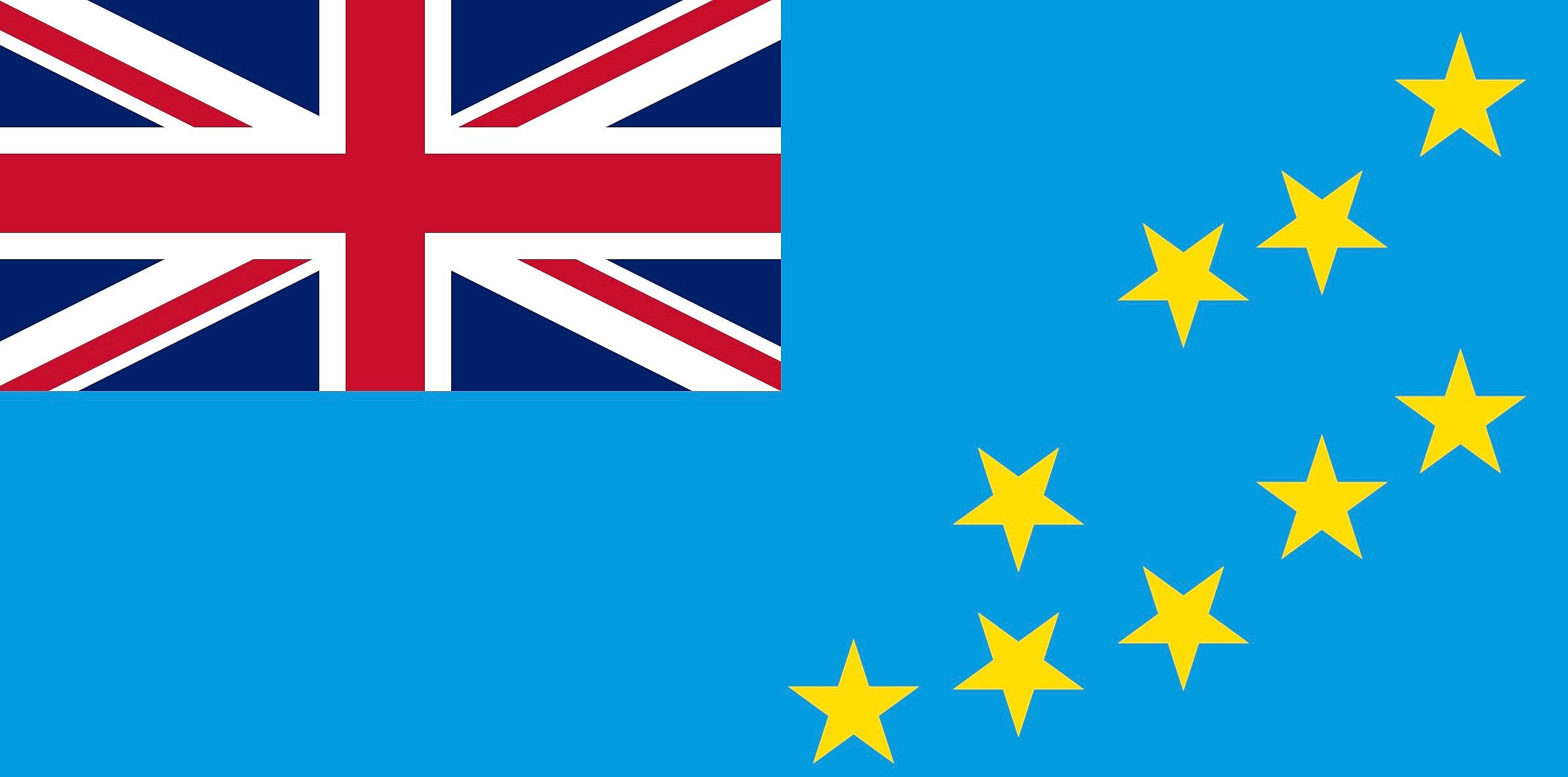
Tuvalu is ruled by King Charles III under the Commonwealth realms and is represented in the country by a Governor-General. In 1986 and 2008 referendums were carried out seeking to abolish the monarchy, but on both occasions, the monarchy was retained. Under the prime minister, there is a unicameral parliament with sixteen members.
- Current Monarch: King Charles III
- Royal Family: Windsor
20. Sweden
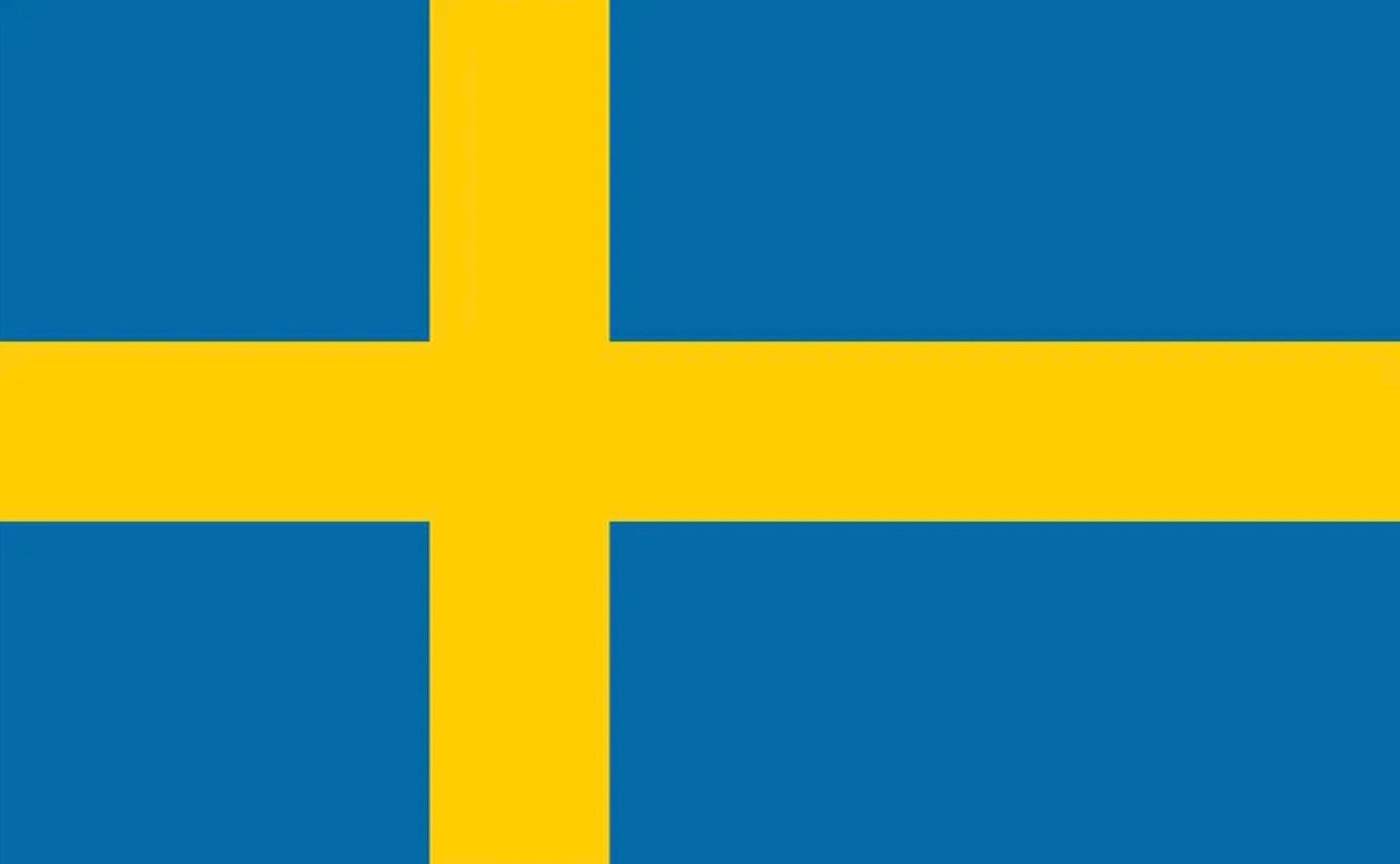
King Carl XVI Gustaf rules Sweden under a constitutional monarchy, but his role is mostly limited to ceremonial and representative functions. The public sector of Sweden lies in two parts: the State/Regional Councils and the local Municipalities, while the legislative power is in the unicameral Riksdag. The Riksdag has 349 members with general elections occurring every four years.
- Current Monarch: King Carl XVI Gustaf
- Royal Family: Bernadotte
19. Bhutan
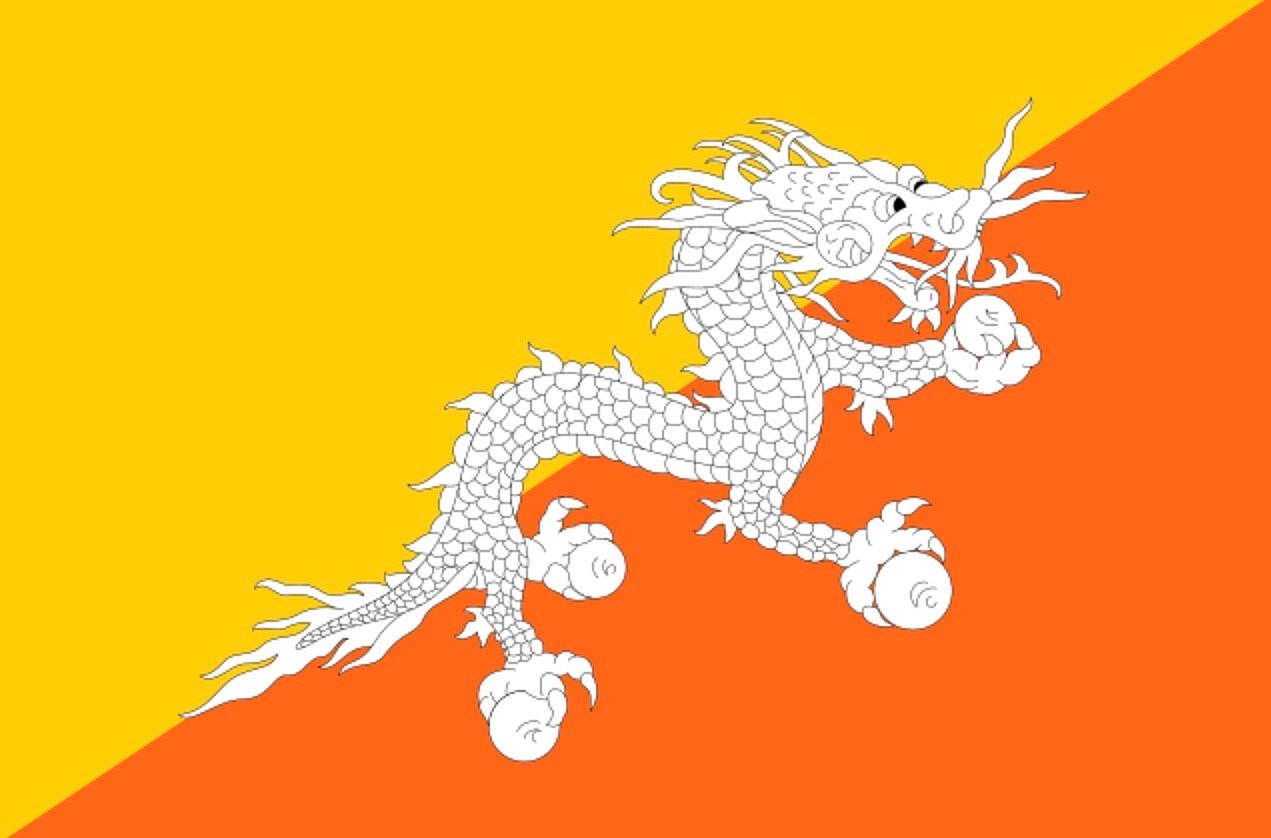
Bhutan is a constitutional monarchy with a parliamentary form of government. The current monarch is King Jigme Khesar Namgyel, and the current Prime Minister is Tshering Tobgay. Bhutan transitioned to a democratic government in 2008, with minorities appearing in all levels of government including the cabinet, parliament, and local governments.
Executive power is exercised by the Council of Ministers led by the Prime Minister.
- Current Monarch: King Jigme Khesar Namgyel
- Royal Family: Wangchuck
18. Denmark
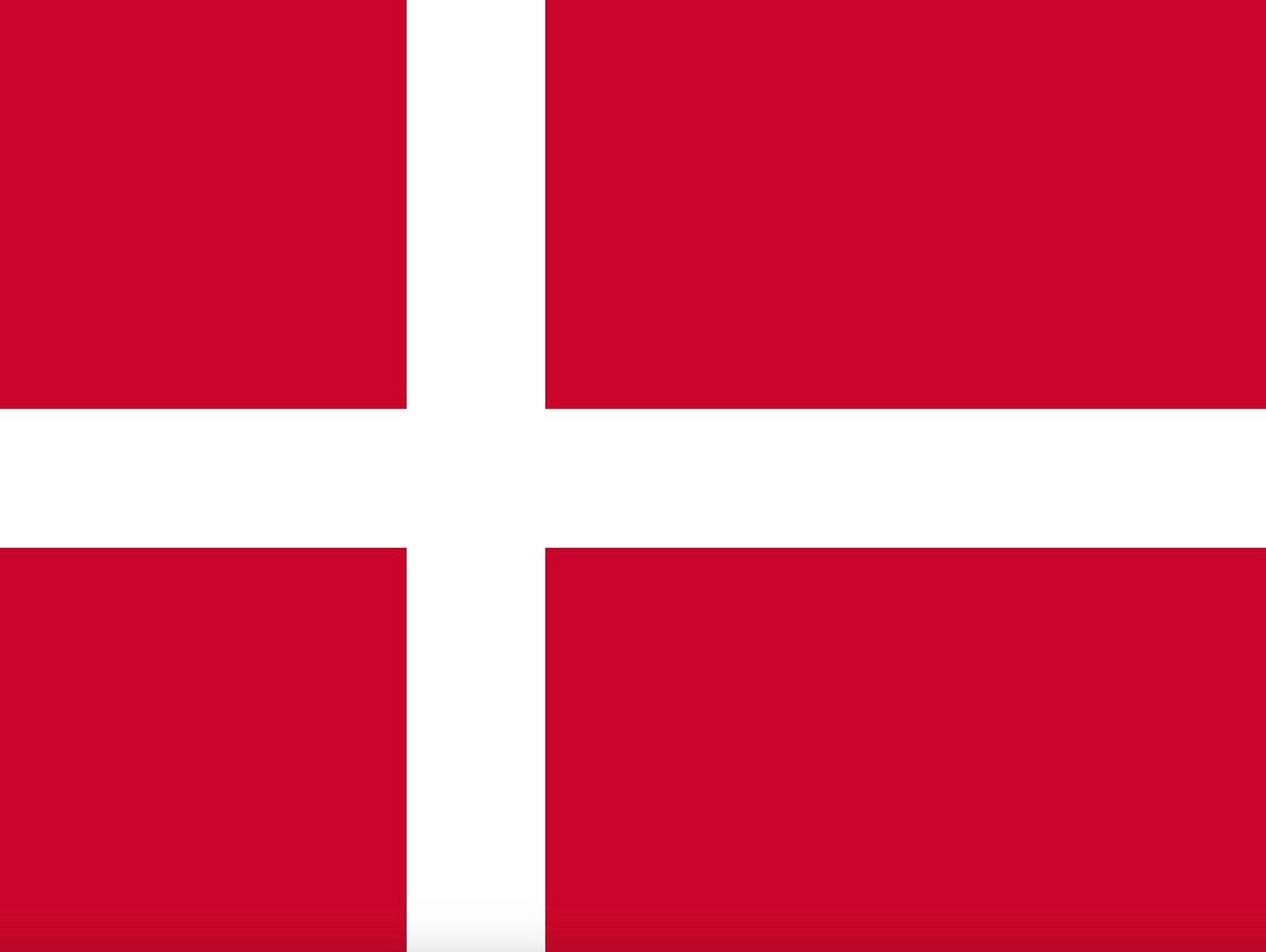
Written in 1849, the Constitution of Denmark established a sovereign state with a constitutional monarchy and unicameral parliamentary system. The monarch has mostly representative and ceremonial roles and presides over the Council of State. The Danish parliament, known as the Folketing, manages the budgets, acts, and parts of the government.
- Current Monarch: Queen Margrethe II
- Royal Family: Glücksburg
CHECK OUT: 8 Rare Purple Animals from Around the World
17. Jordan
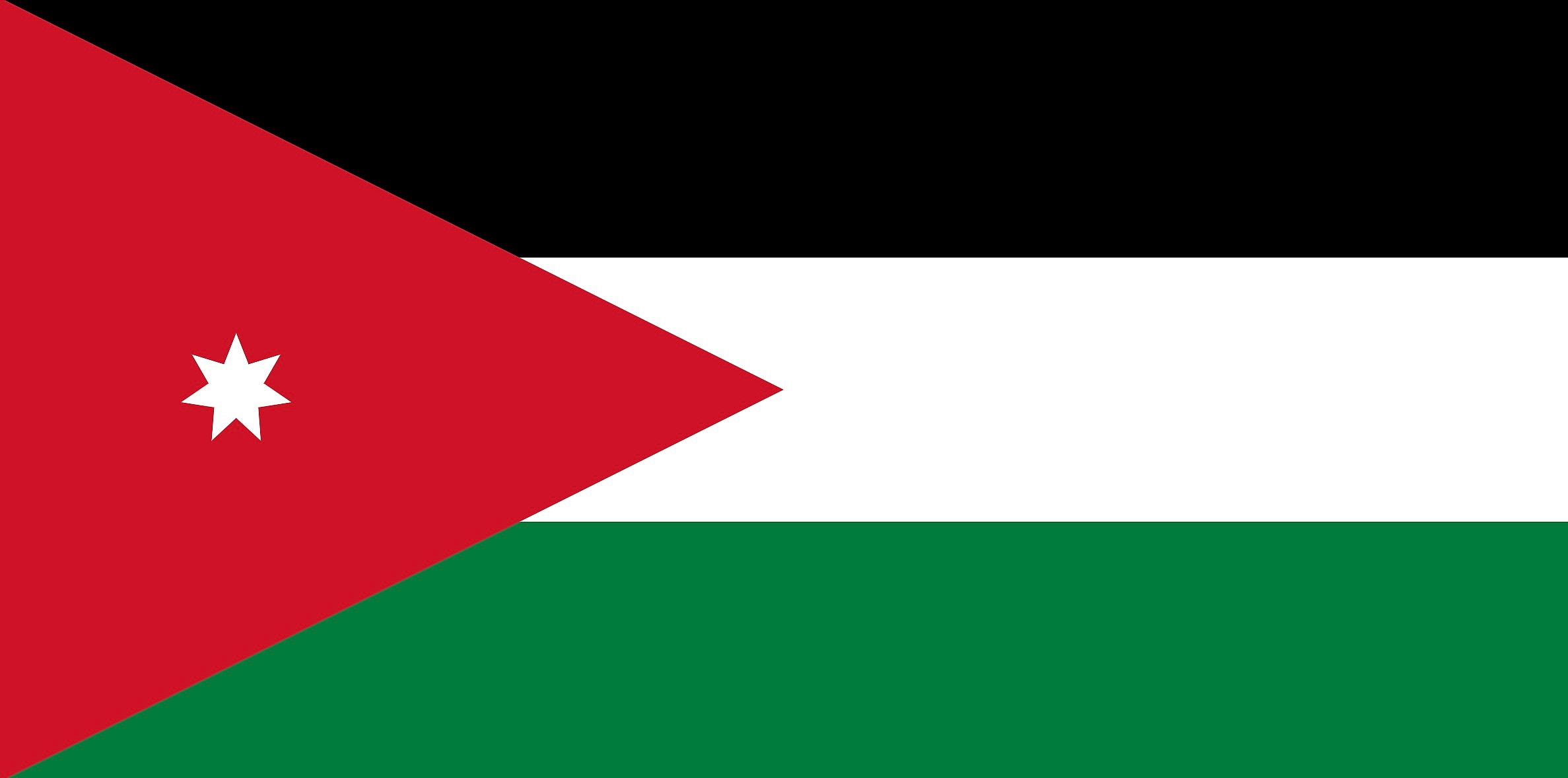
Jordan is a unitary state operating under a constitutional monarchy set in place in 1952. The King of Jordan holds executive and legislative powers from the government and parliament, appointing them for a four-year term. The parliament is made up of the Senate and the House of Representatives, and they also have a judiciary branch that is supposed to be independent.
- Current Monarch: King Abdullah II
- Royal Family: Hāshim
16. Luxembourg
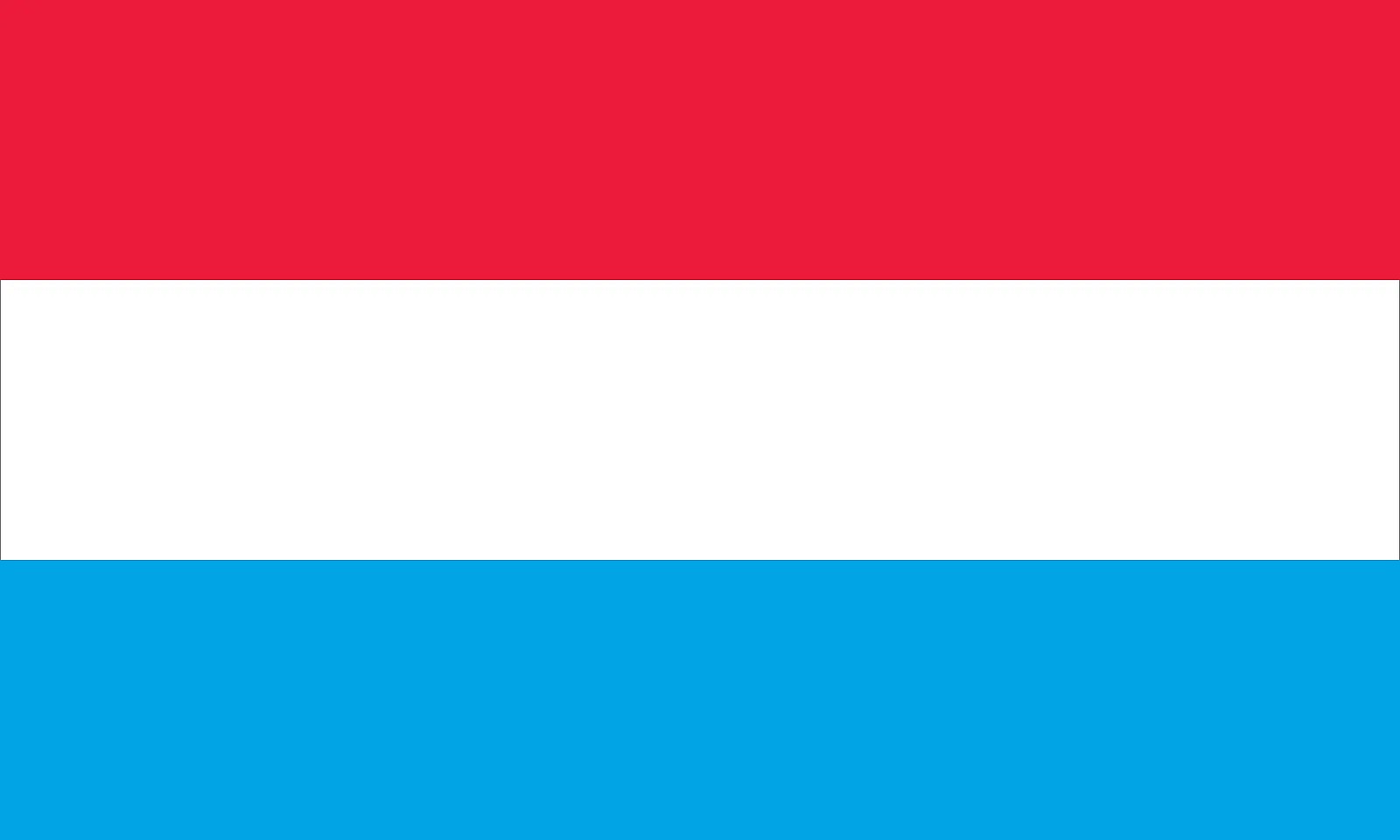
Luxembourg is a parliamentary democracy headed by a constitutional monarch, who holds a lesser role compared to the grand duke and the cabinet. The grand duke and the cabinet (headed by the Prime Minister) have executive power, with the grand duke having the power to dissolve the legislature and conduct new elections. The legislative power is contained in the Chamber of Deputies and the Council of State.
- Current Monarch: Grand Duke Henri
- Royal Family: Luxembourg-Nassau
15. Morocco
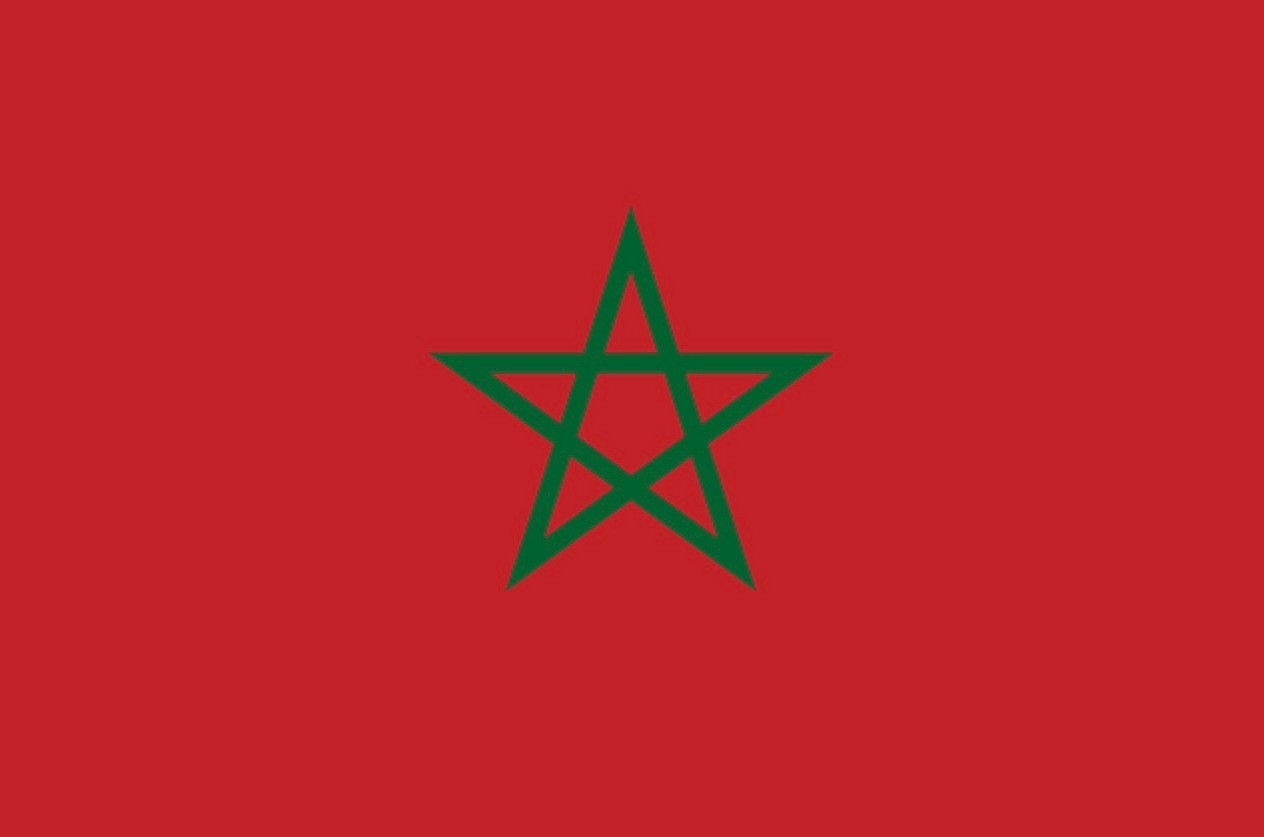
The Constitution of Morocco was adopted in 1962, providing the country with a parliament, an independent judiciary, and the King of Morocco. The King’s powers have decreased over recent years, becoming more of a figurehead with certain political powers. Their bilateral legislature consists of the Assembly of Representatives of Morocco (395 members) and the Assembly of Councillors (120 members.)
- Current Monarch: King Mohammed VI
- Royal Family: Alawi
14. Oman
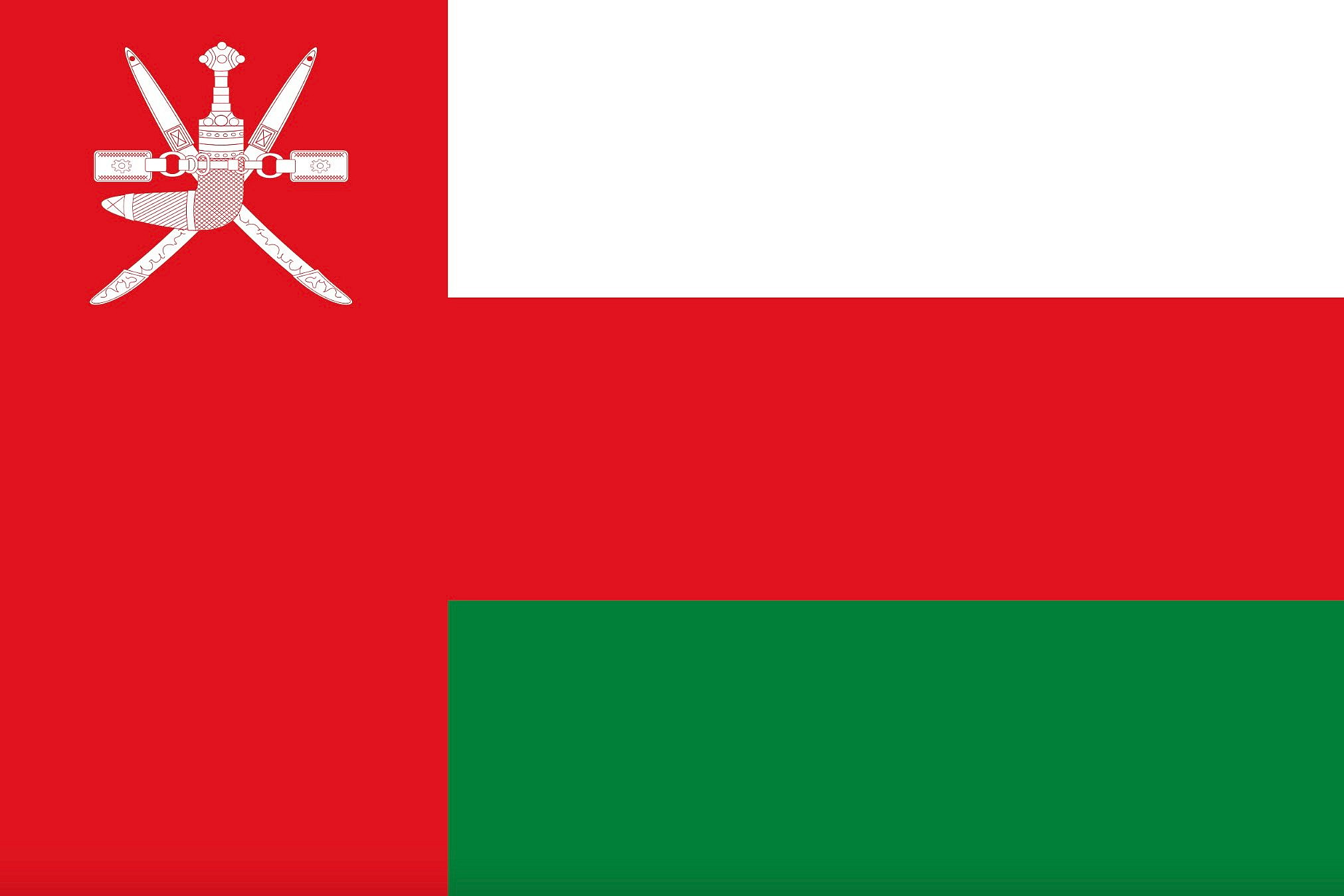
Unlike many of the other countries on this list, Oman is an absolute monarchy with the Sultan’s word having the full weight of the law behind it. The judiciary branch is subordinate to the Sultan, following Sharia law. While ultimate power is concentrated in the Sultan, there are minister positions, but the Sultan may restrict these if he so possesses.
- Current Monarch: Sultan Haitham bin Tariq
- Royal Family: Al Said
13. Bahrain
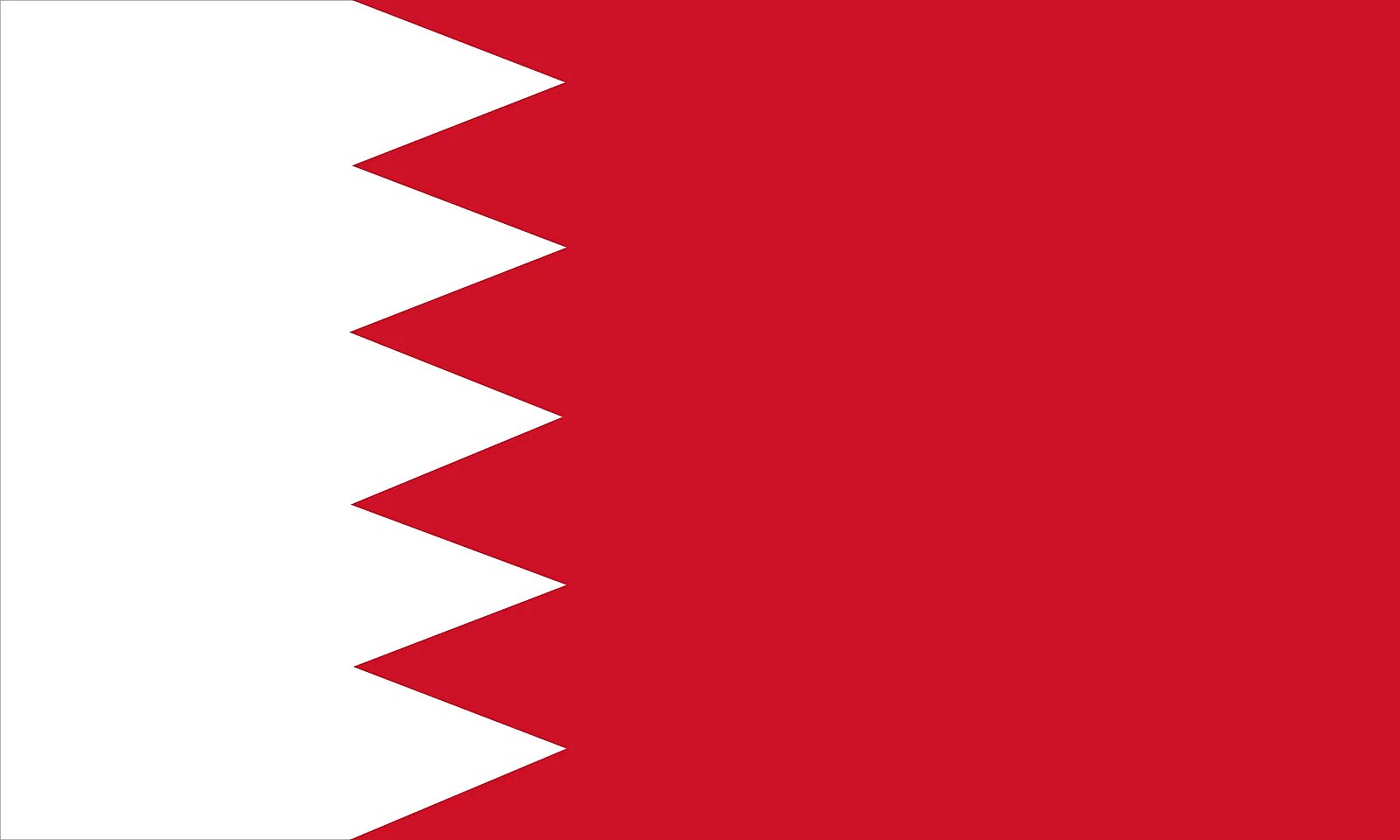
Bahrain is a semi-constitutional monarchy led by King Shaikh Hamad bin Isa Al Khalifa. The King enjoys large executive powers such as appointing a prime minister and his ministers, commanding the army, chairing the Higher Judicial Council, appointing the parliament’s upper house, and dissolving its lower house. The country has a bicameral National Assembly consisting of the Shura Council and the Council of Representatives.
- Current Monarch: King Hamad bin Isa
- Royal Family: Al Khalifa
12. Brunei
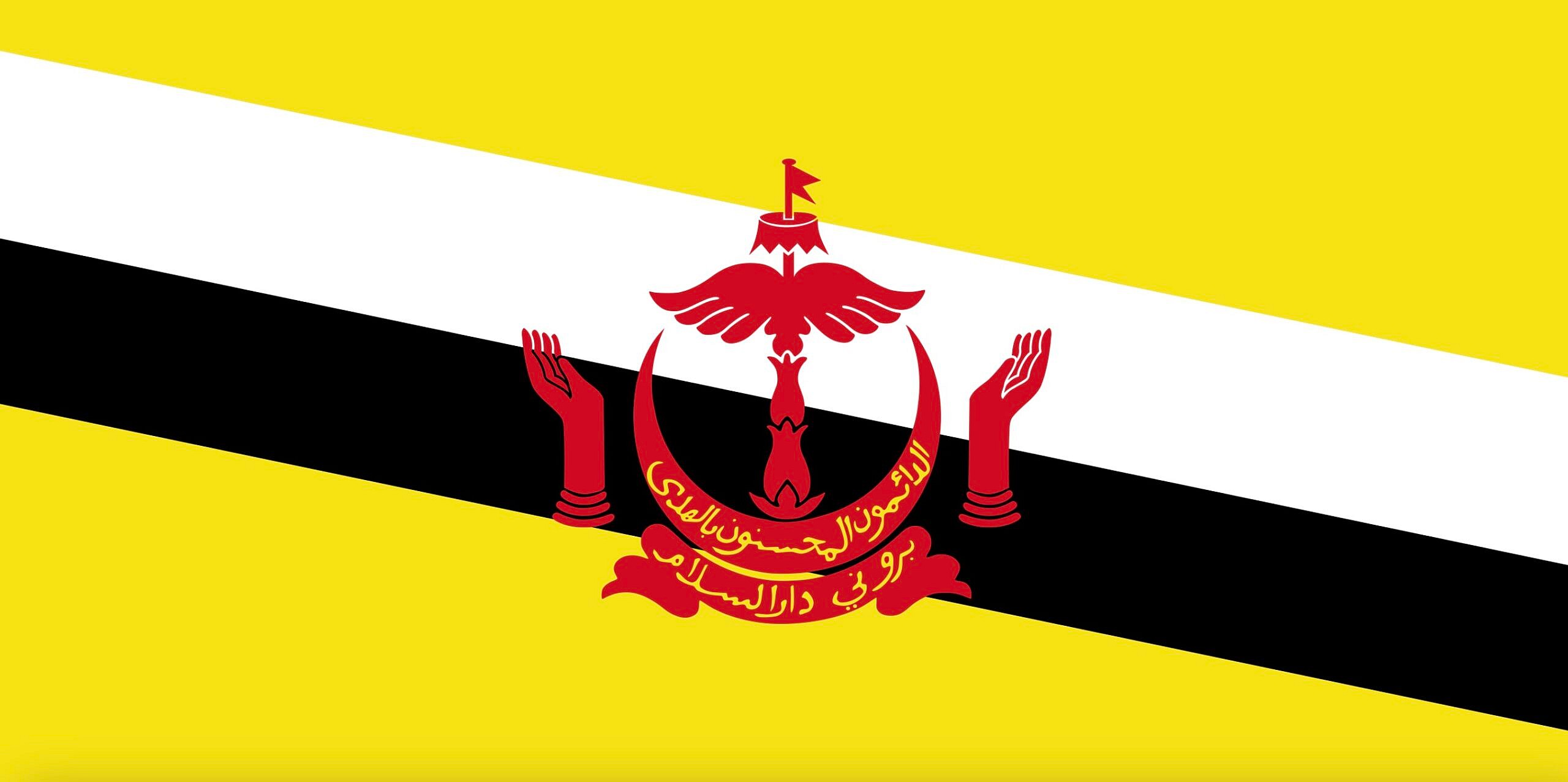
Brunei’s political system is dictated by the Malay Islamic Monarchy, which covers Malay culture, Islamic religion, and political framework. Under their 1959 constitution, the Sultan is the head of state with full executive authority and serves as the state’s prime minister, finance minister, and defense minister.
- Current Monarch: Hassanal Bolkiah
- Royal Family: Bolkiah
11. Eswatini
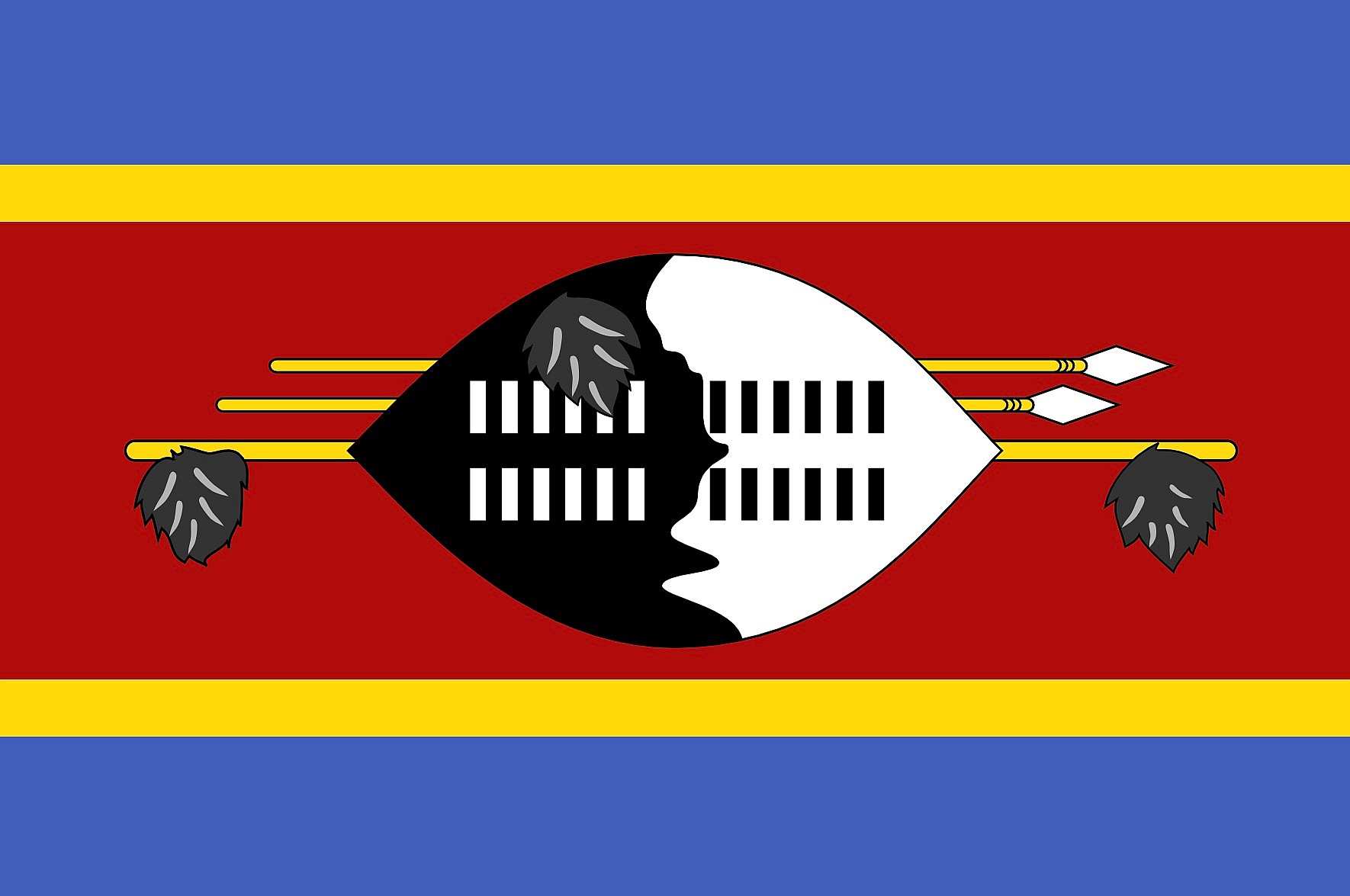
Eswatini is an absolute monarchy with constitutional provisions and Swazi law. The head of state is the king, and by tradition, he reigns along with his mother (or a ritual substitute). The king is viewed as the administrative head of state and the latter as a spiritual and national head of state. The king appoints the prime minister, a majority of senators, and a minority of legislators to parliament with the help of an advisory council.
- Current Monarch: King Mswati III
- Royal Family: Dlamini
10. Kuwait
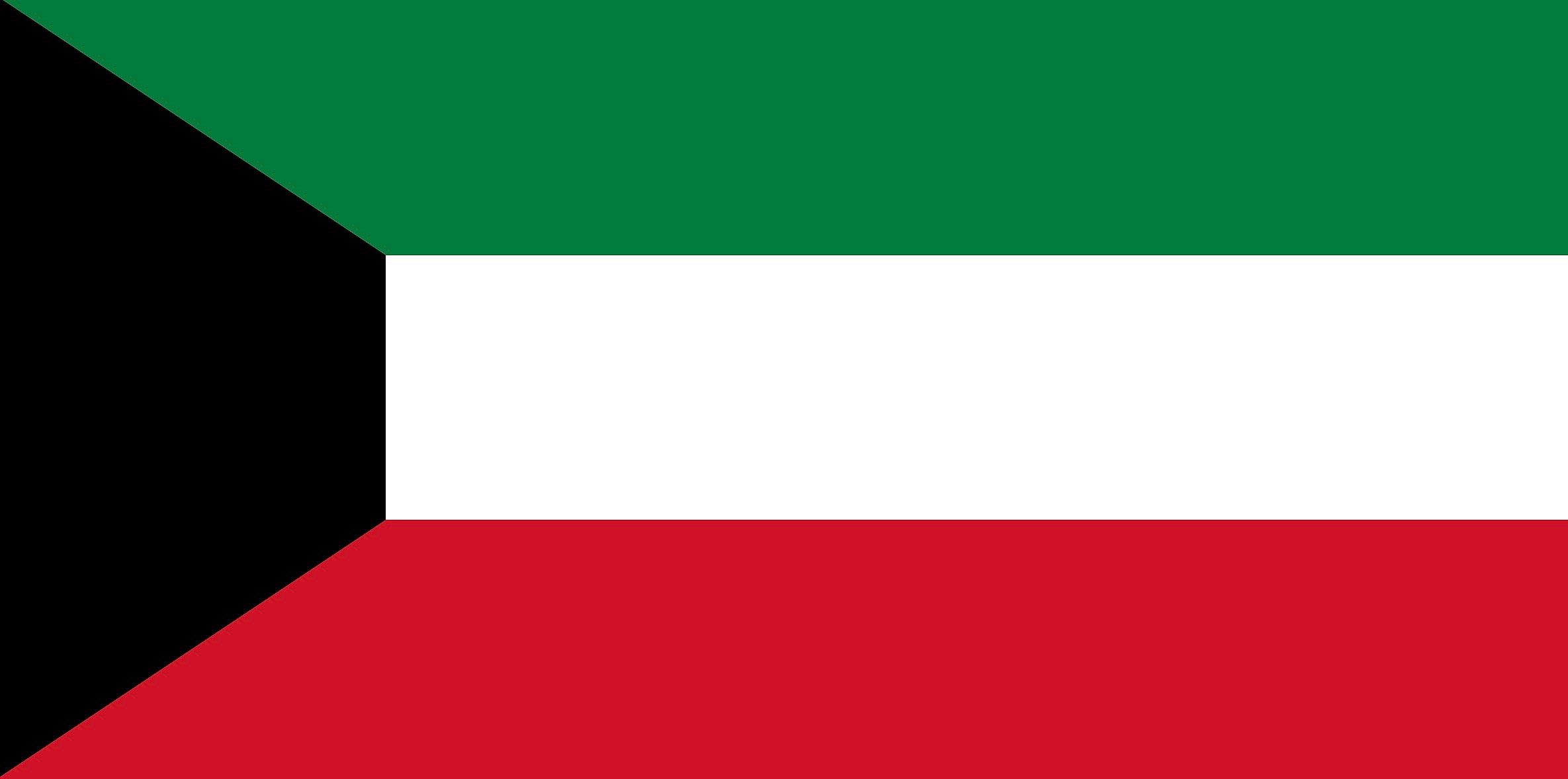
Considered an autocracy, the government of Kuwait is mostly consolidated to the Emir or head of state. The government is led by the prime minister but is appointed by the Emir, as is the judges. Legislative power is also controlled by the Emir, with numerous policies characterized as “demographic engineering.”
- Current Monarch: Emir Nawaf Al-Ahmad
- Royal Family: Al Sabah
CHECK OUT: 5 Most Haunted Locations Around the World
9. Malaysia
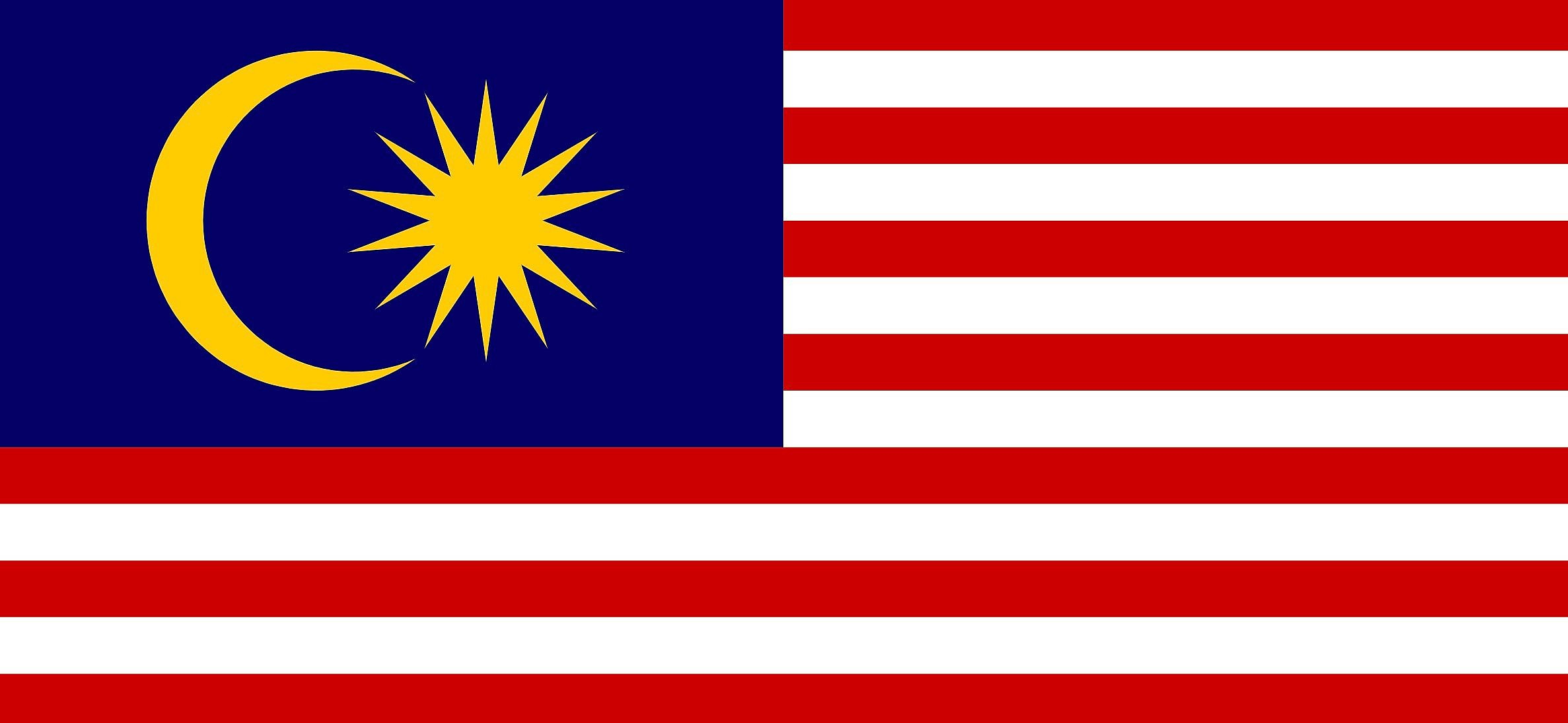
Malaysia is a federal constitutional elective monarchy and is the only federal country in Southeast Asia. Their government closely models the Westminster parliamentary system. The head of state is the King elected to a five-year term by and from the nine hereditary rulers of the Malay states. The King’s role is largely ceremonial, with the legislative power divided between federal and state legislatures.
- Current Monarch: King Abdullah Sultan Ahmad Shah
- Royal Family: Bendahara
8. Netherlands
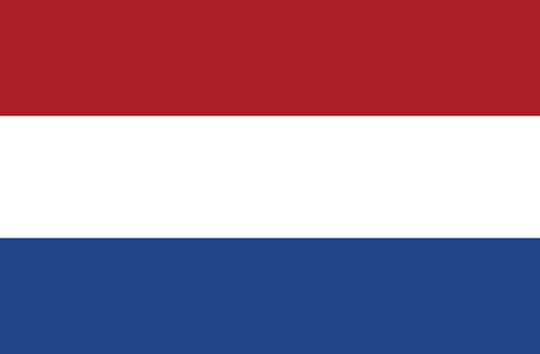
Since 1815, the Netherlands has been a constitutional monarchy and a parliamentary democracy. The monarch, currently King Willem-Alexander, is the head of state. The position has limited powers, but by law, he has the right to be periodically briefed and consulted on government affairs. The executive power is formed by the Council of Ministers varying between 13 to 16 members.
- Current Monarch: King Willem-Alexander
- Royal Family: Orange-Nassau
7. Qatar
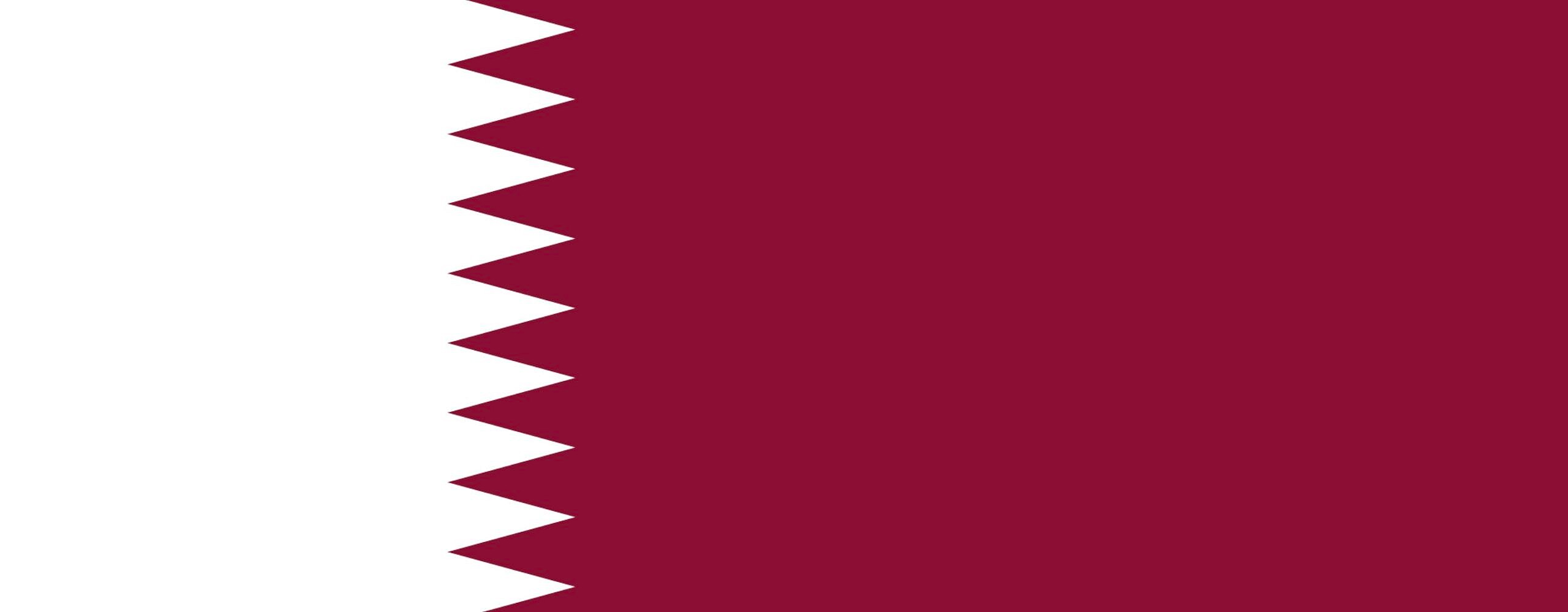
Qatar is officially a semi-constitutional monarchy, but due to the wide powers of the monarchy, it is borderline absolute. The Al Thani family has been ruling over Qatar since 1825. In 2003, Qatar adopted a constitution that provided an election of 30 of the 45 members of the legislature. The Consultative Assembly is made up of 45 members, 30 of which are elected and 15 are appointed by the Emir, or King.
- Current Monarch: Emir Tamim bin Hamad
- Royal Family: Al Thani
6. Belgium
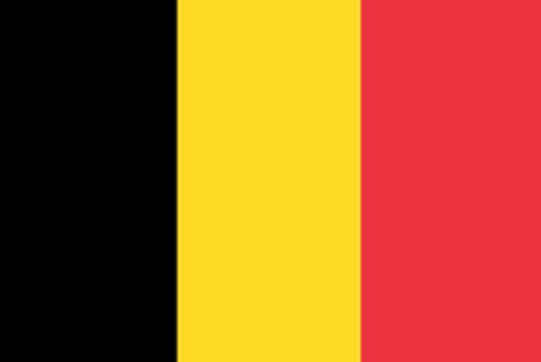
Belgium is a constitutional, popular monarchy and a federal parliamentary democracy. The country has a bicameral federal parliament composed of a Senate (50 members) and a Chamber of Representatives (150 representatives). The King is the head of state but has limited prerogatives, such as appointing ministers, including the Prime Minister.
- Current Monarch: King Philippe
- Royal Family: Saxe-Coburg and Gotha
CHECK OUT: 10 Longest Roads in the World
5. Cambodia
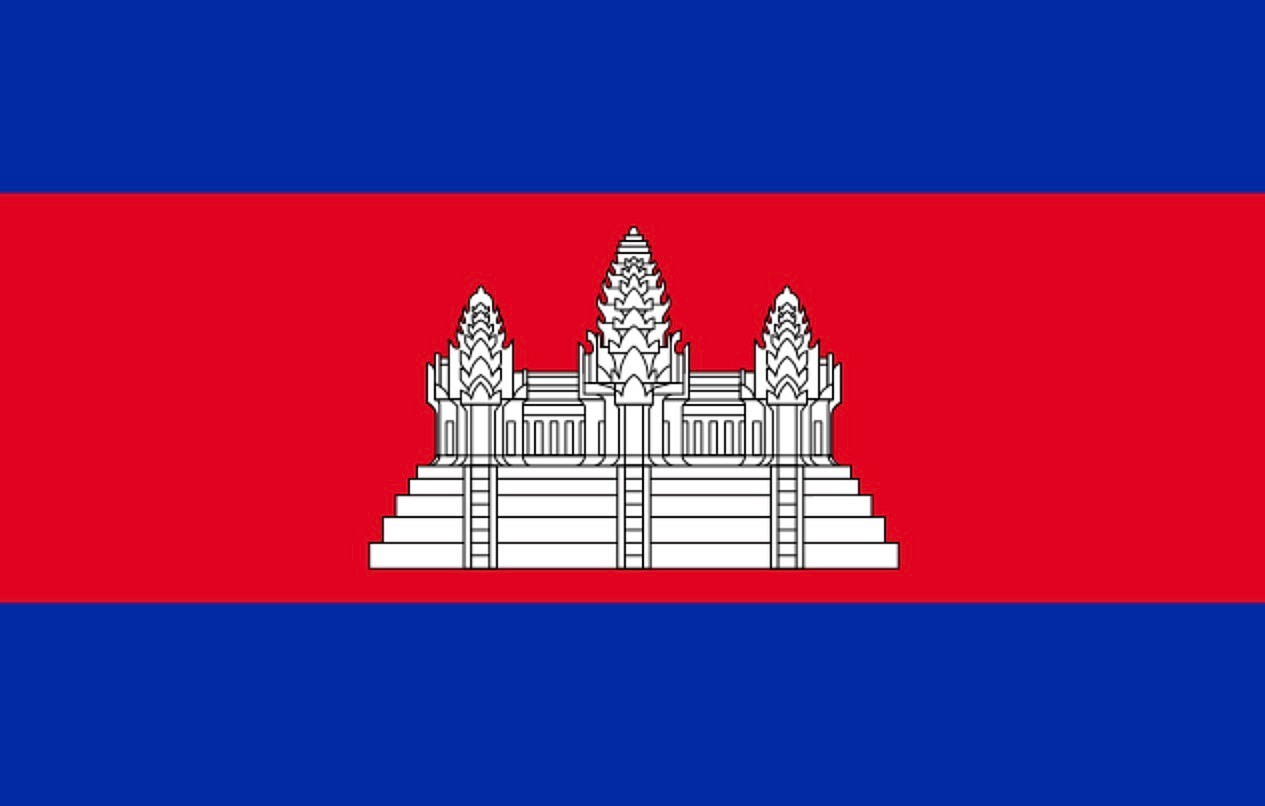
Cambodia’s government is a constitutional monarchy operated as a parliamentary representative democracy. The King of Cambodia, Norodom Sihamoni, is the head of state, while the Prime Minister of Cambodia, Hun Manet, is the head of government. Legislative powers are shared by the executive branch and the bicameral Parliament (National Assembly and Senate).
- Current Monarch: King Norodom Sihamoni
- Royal Family: Norodom
4. Japan
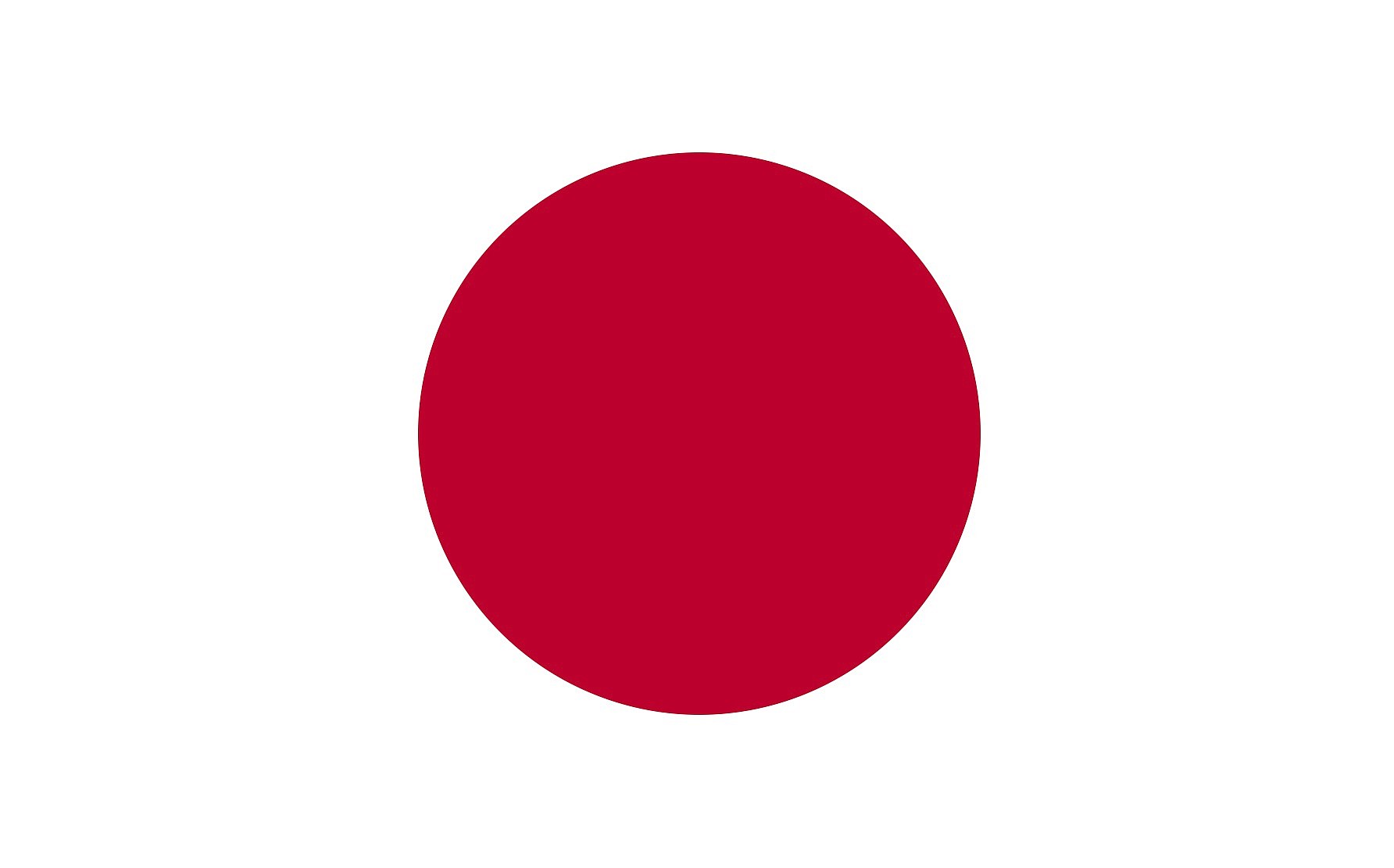
Japan is a unitary state with a constitutional monarchy that limits the power of the Emperor to a ceremonial role. The executive power lies instead with the Prime Minister of Japan and his Cabinet. The legislative power is given to the National Diet, a bicameral parliament consisting of a lower House of Representatives (465 seats) and an upper House of Councillors (245 seats).
- Current Monarch: Emperor Naruhito
- Royal Family: Yamato
3. Liechtenstein

Slightly different than all the other countries on this list is Liechtenstein, which has a Prince instead of a King. The Prince has an active role in the legislative process, with some characterizing the country as an “absolute monarchy.” The legislative branch consists of the unicameral Landtag, made up of 25 members. They propose and approve a government (prime minister/minister) which the Prince formally appoints.
- Current Monarch: Hans-Adam II
- Royal Family: Liechtenstein
2. Monaco
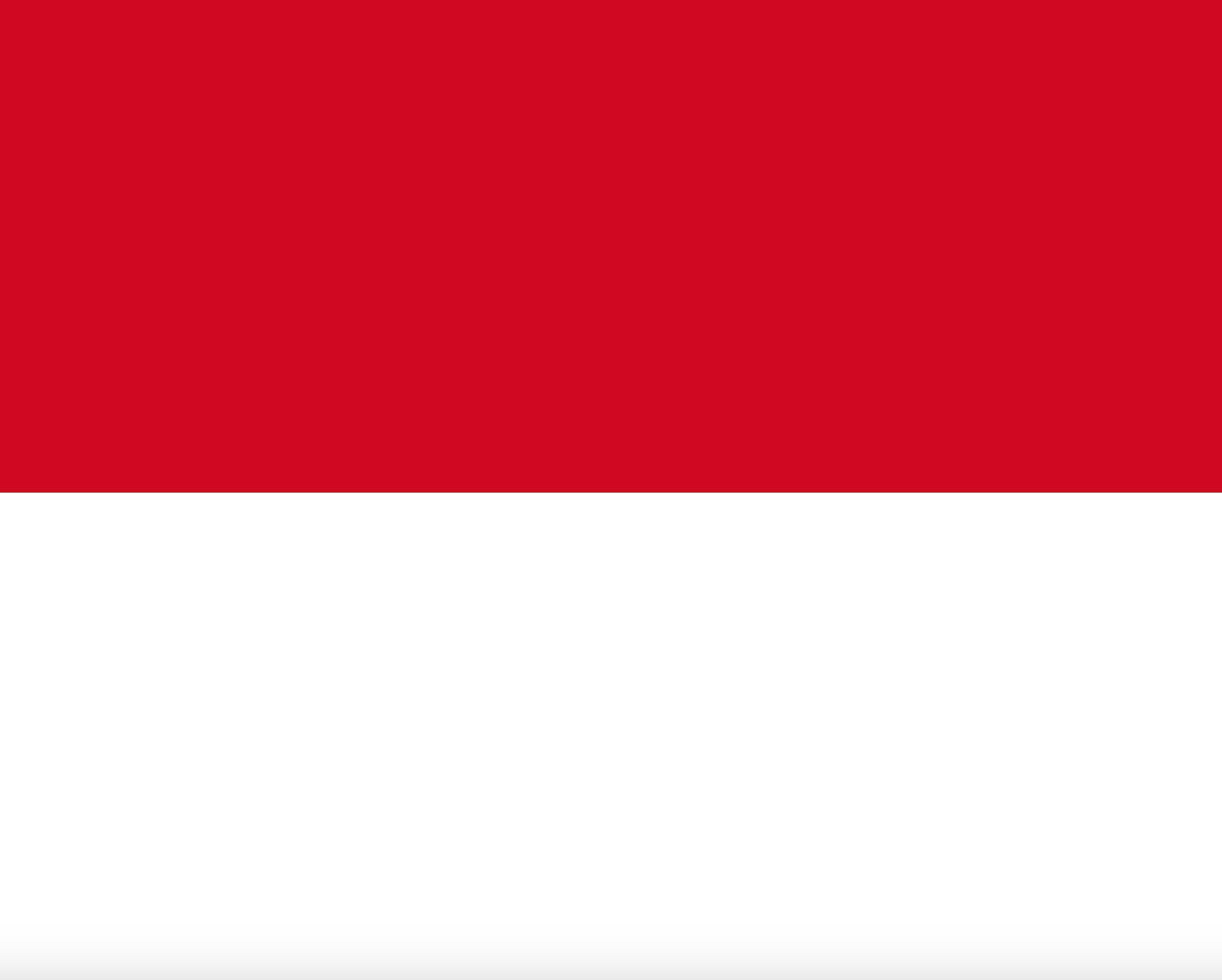
Since 1911, Monaco has been governed under a constitutional monarchy with the Sovereign Prince acting as head of state. The executive branch is made up of a Prime Minister who presides over the other five members of the Council of Government. The legislative is the unicameral National Council, comprised of over 24 members chosen by elections and proportional representation.
- Current Monarch: Sovereign Prince Albert II
- Royal Family: Grimaldi
READ MORE: 12 Expensive and Rare Teas of the World
1. Norway
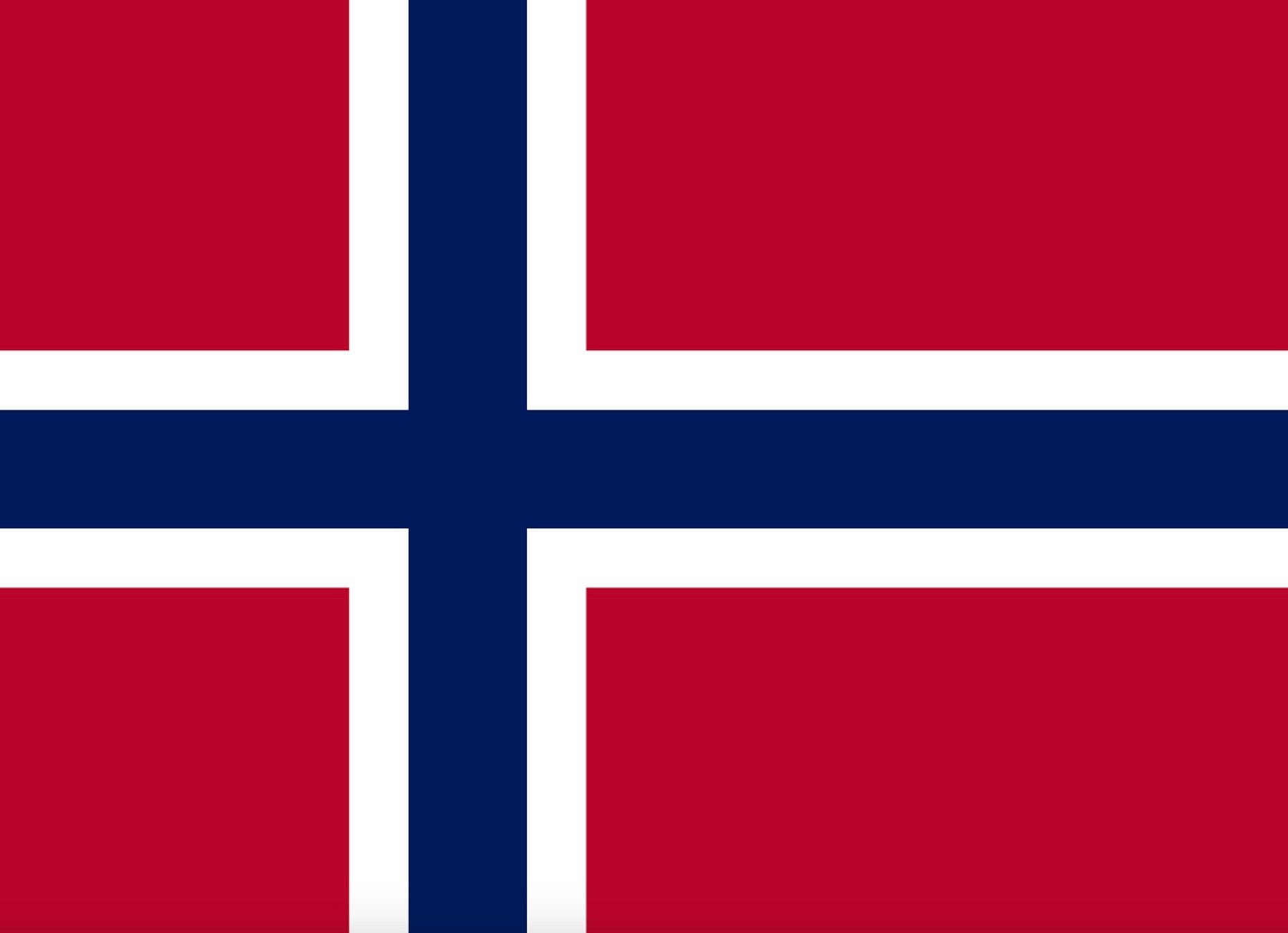
Our final country is Norway, which has a unitary constitutional monarchy with a parliamentary system of government. The King of Norway is the head of state and the prime minister is the head of government. The power is divided between the legislative, executive, and judicial branches, inspired by the United States Declaration of Independence and the French Revolution. While the King holds a more ceremonial title, the Prime Minister exercises most of the executive powers.
- Current Monarch: King Harald V
- Royal Family: Glücksburg
